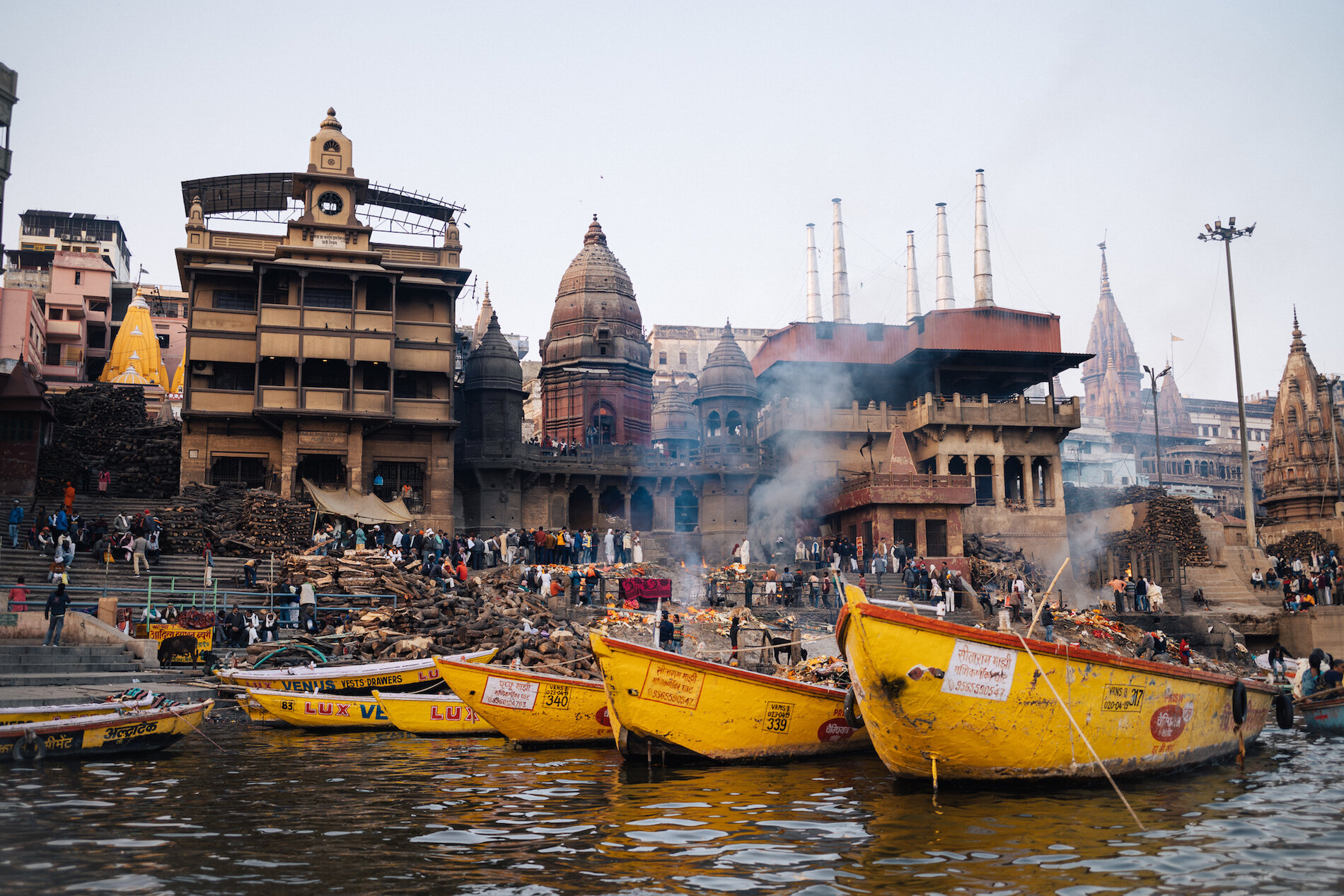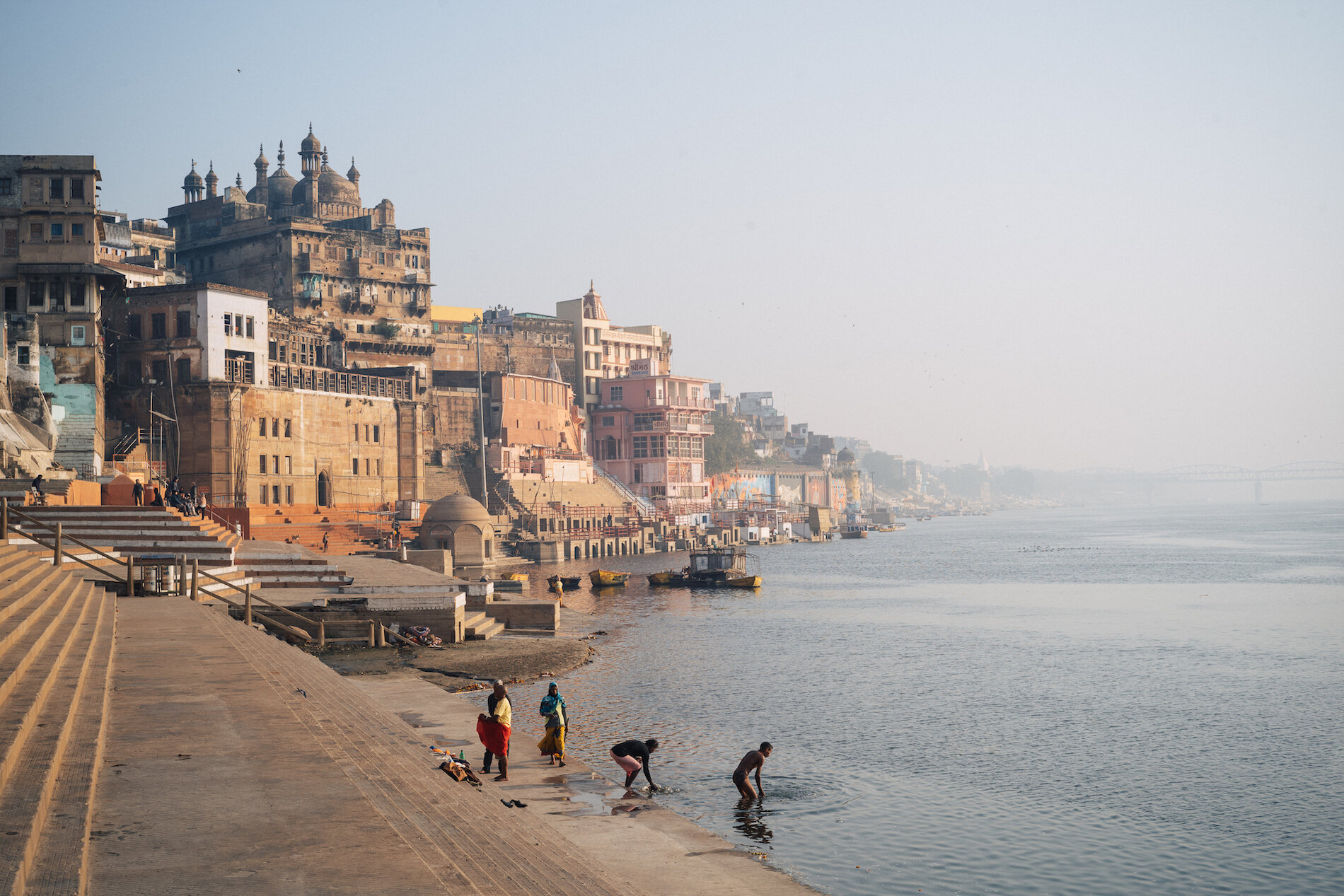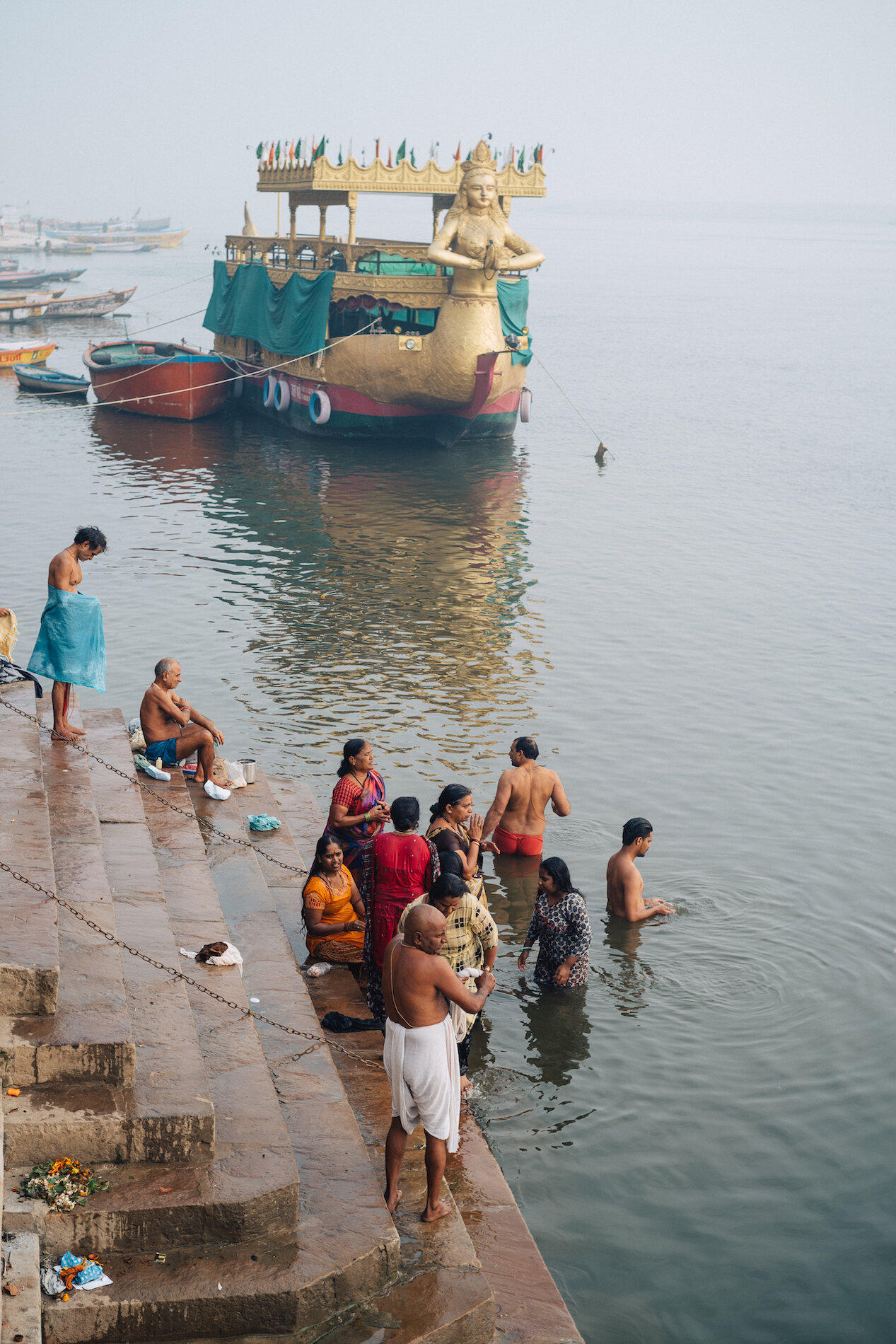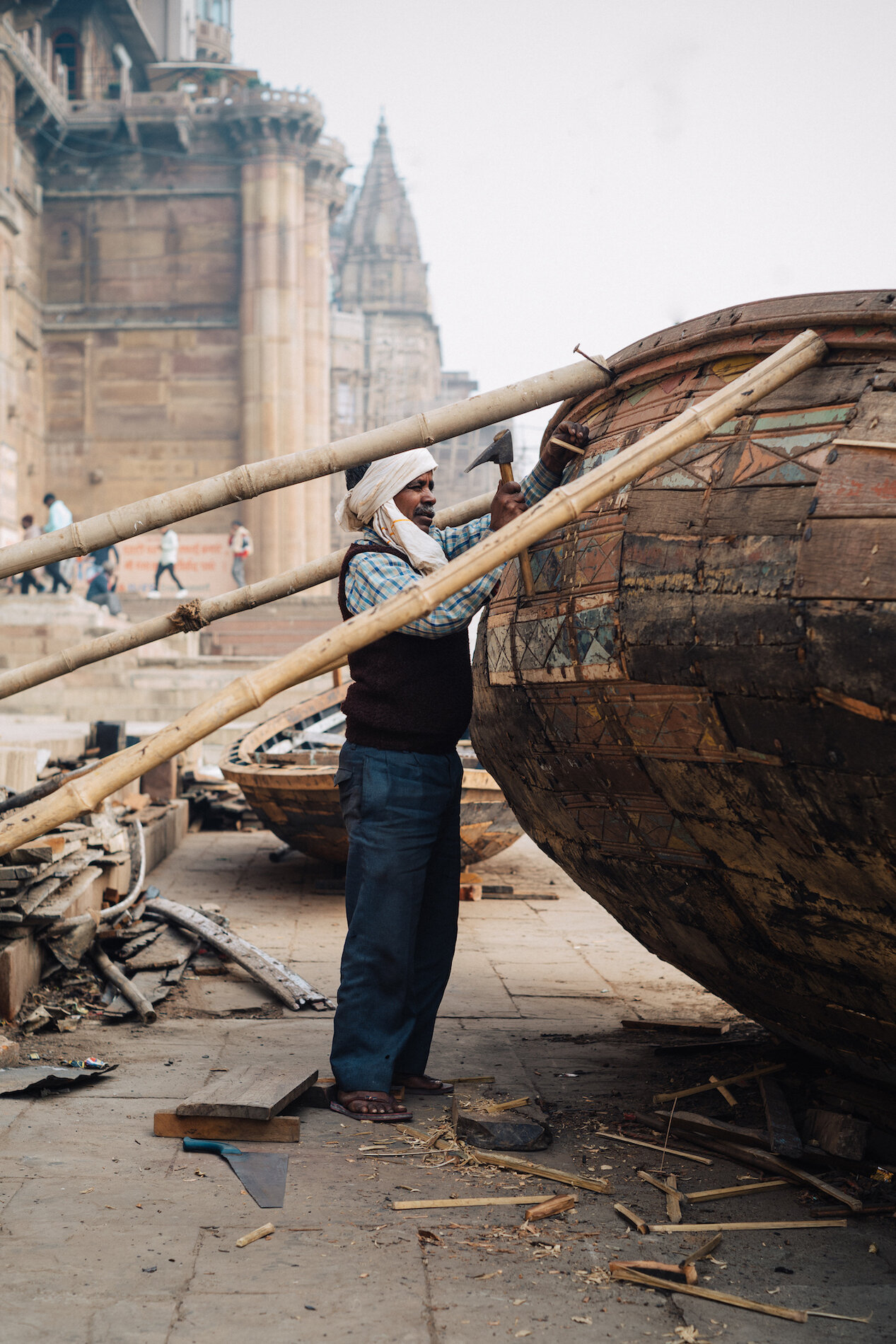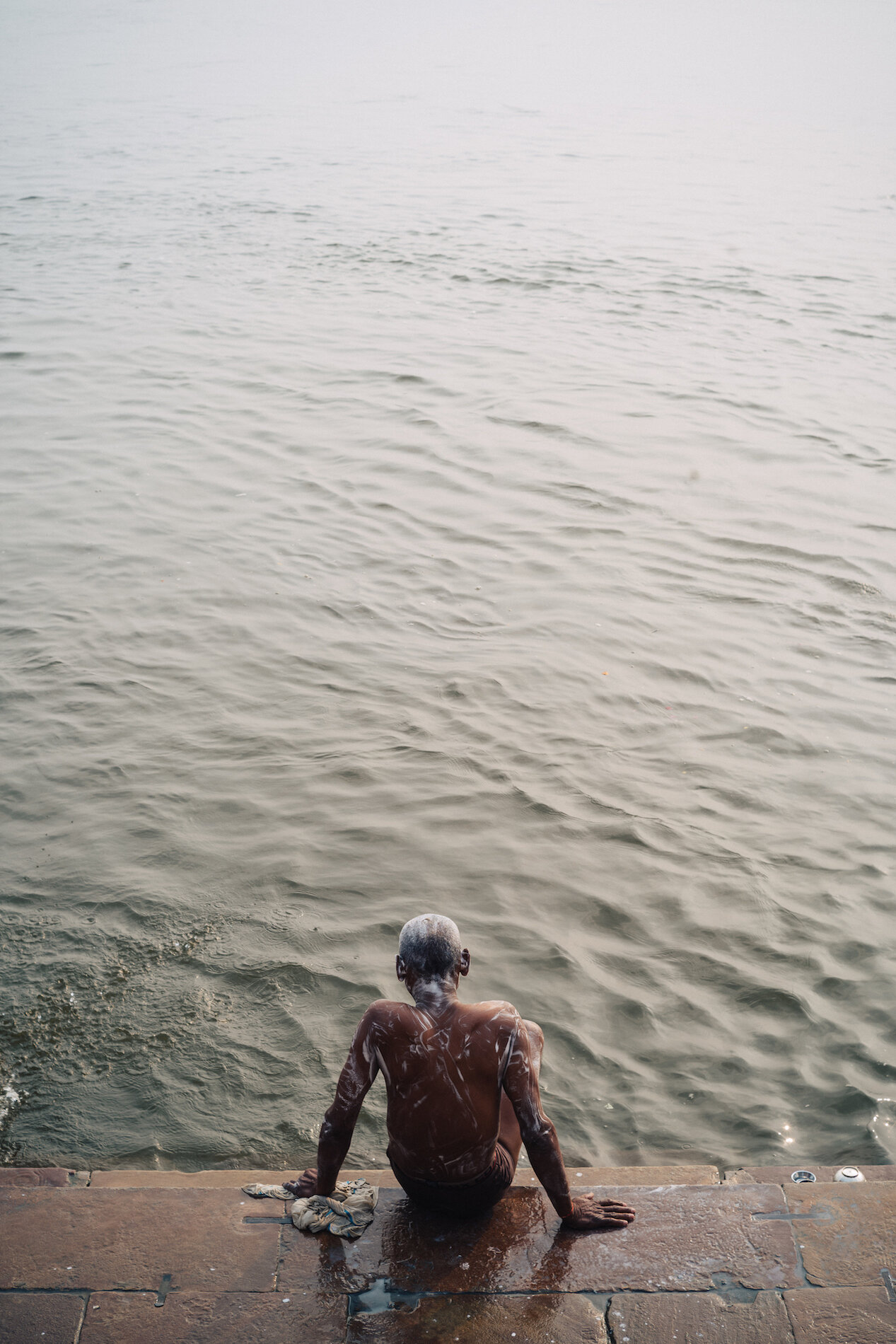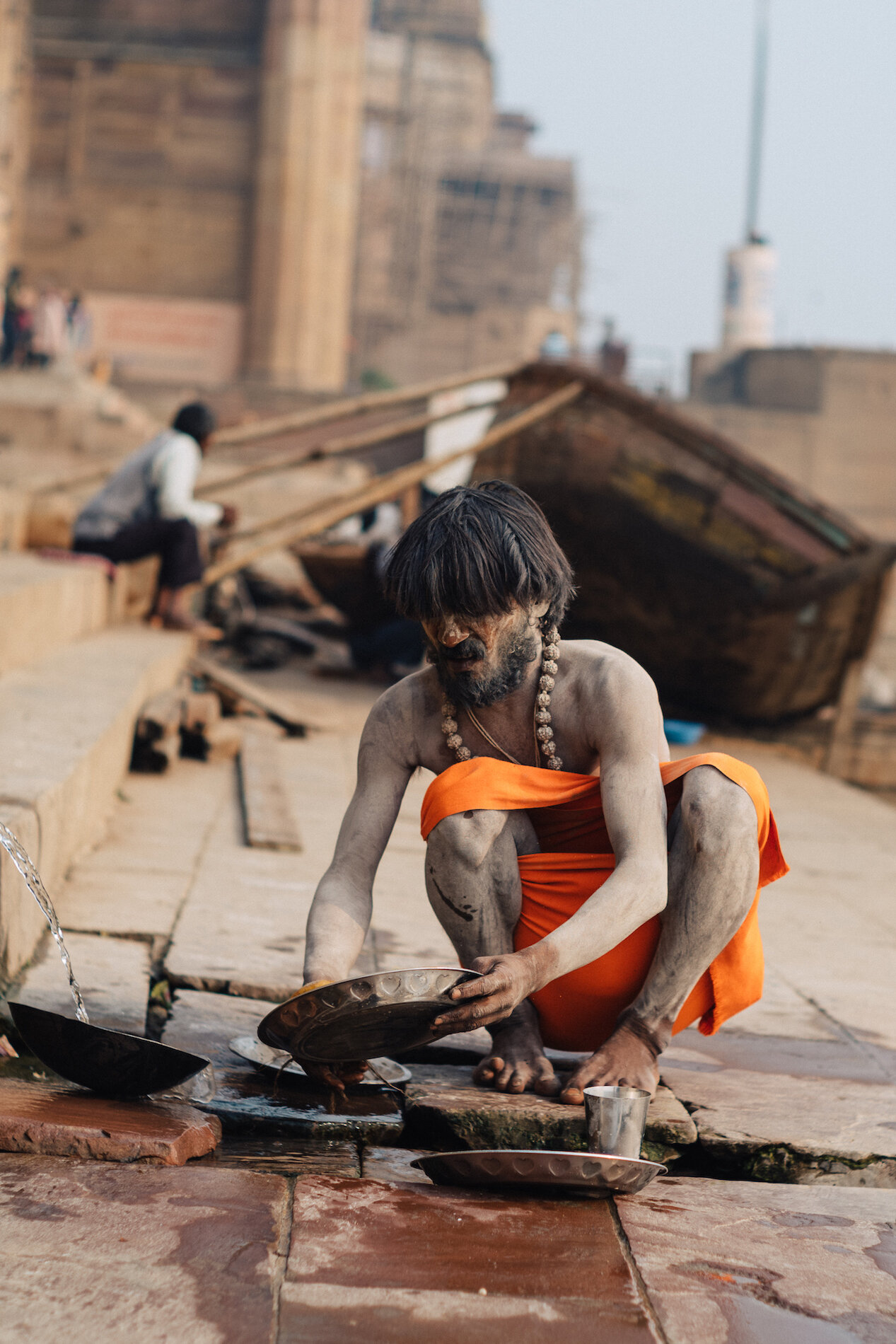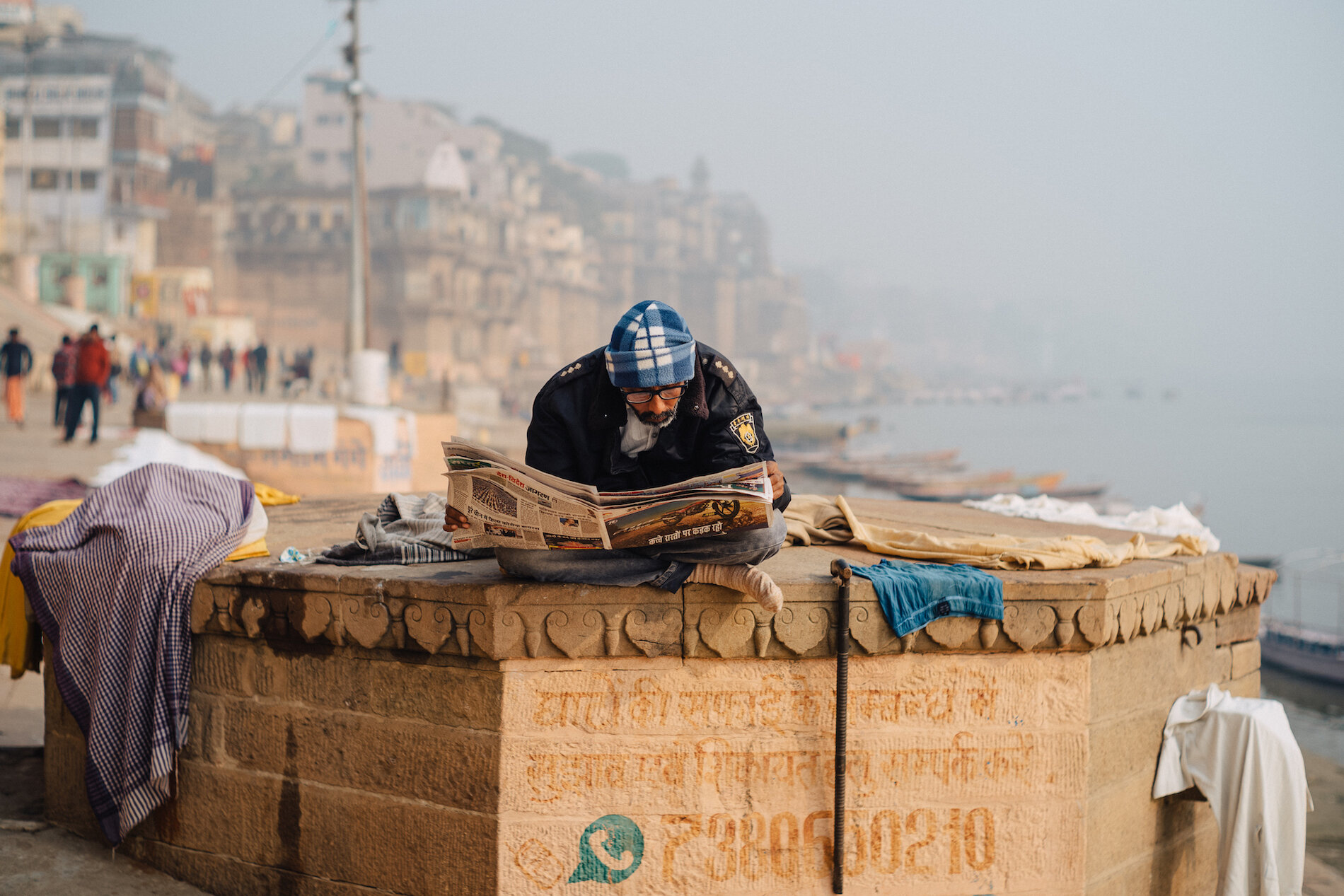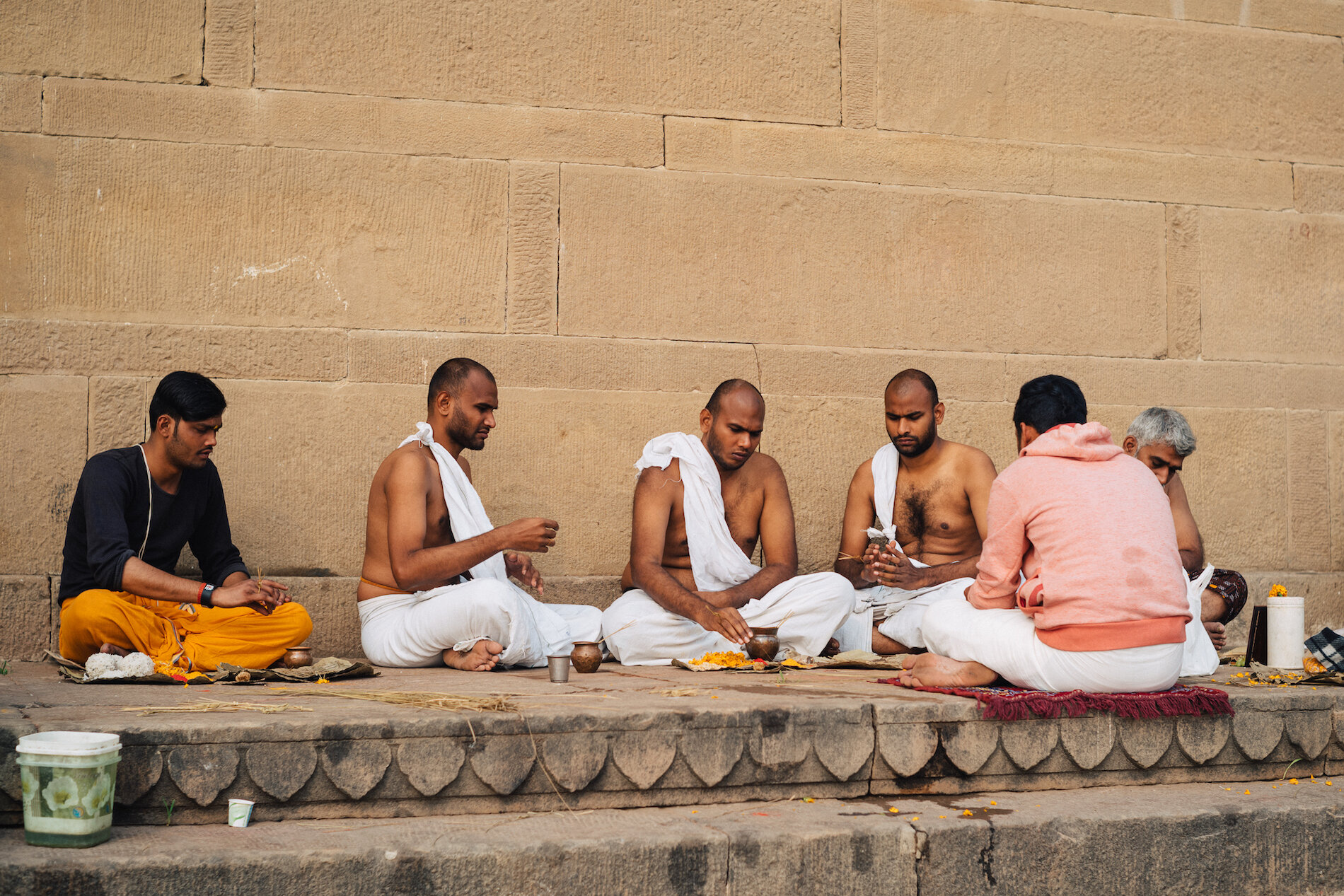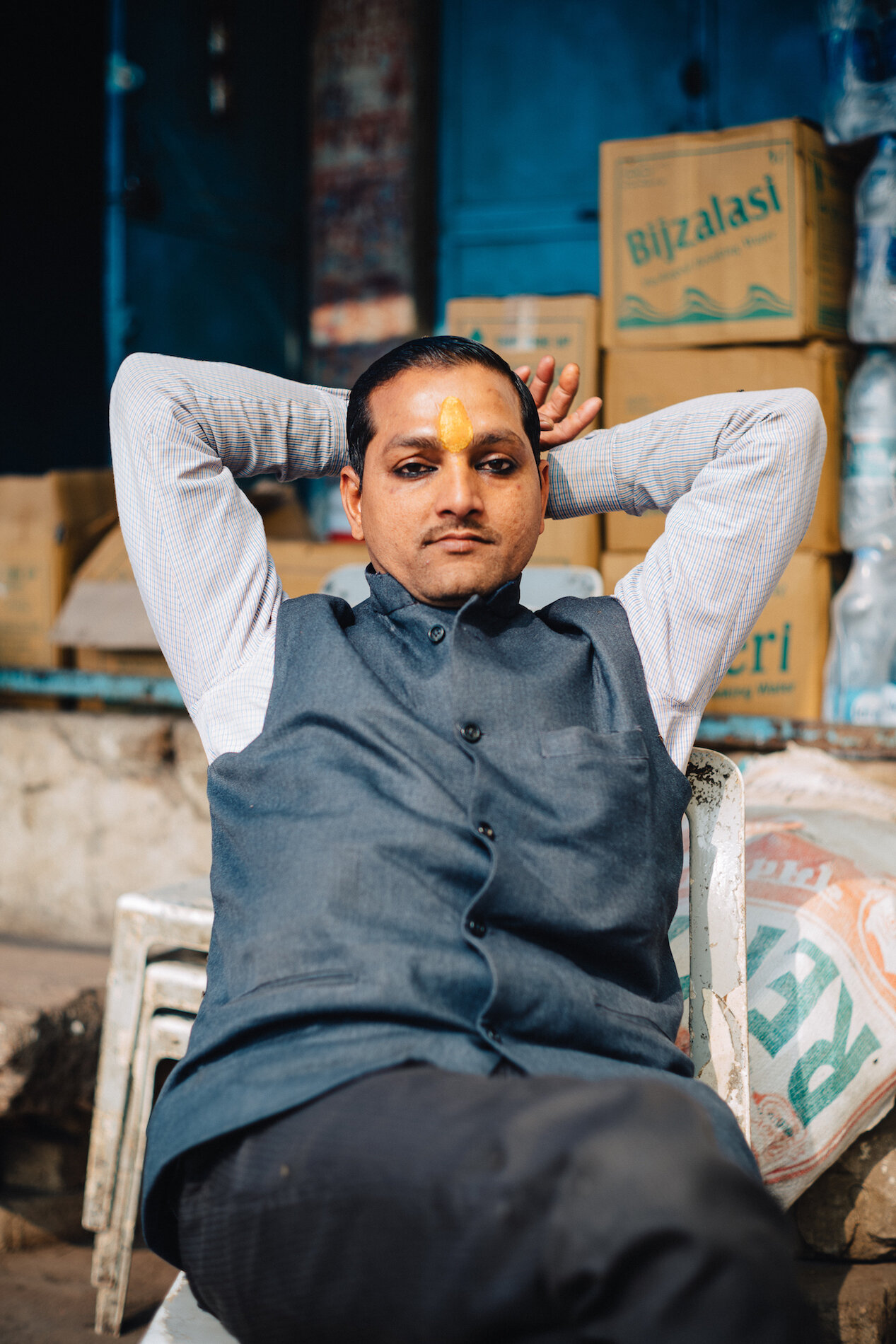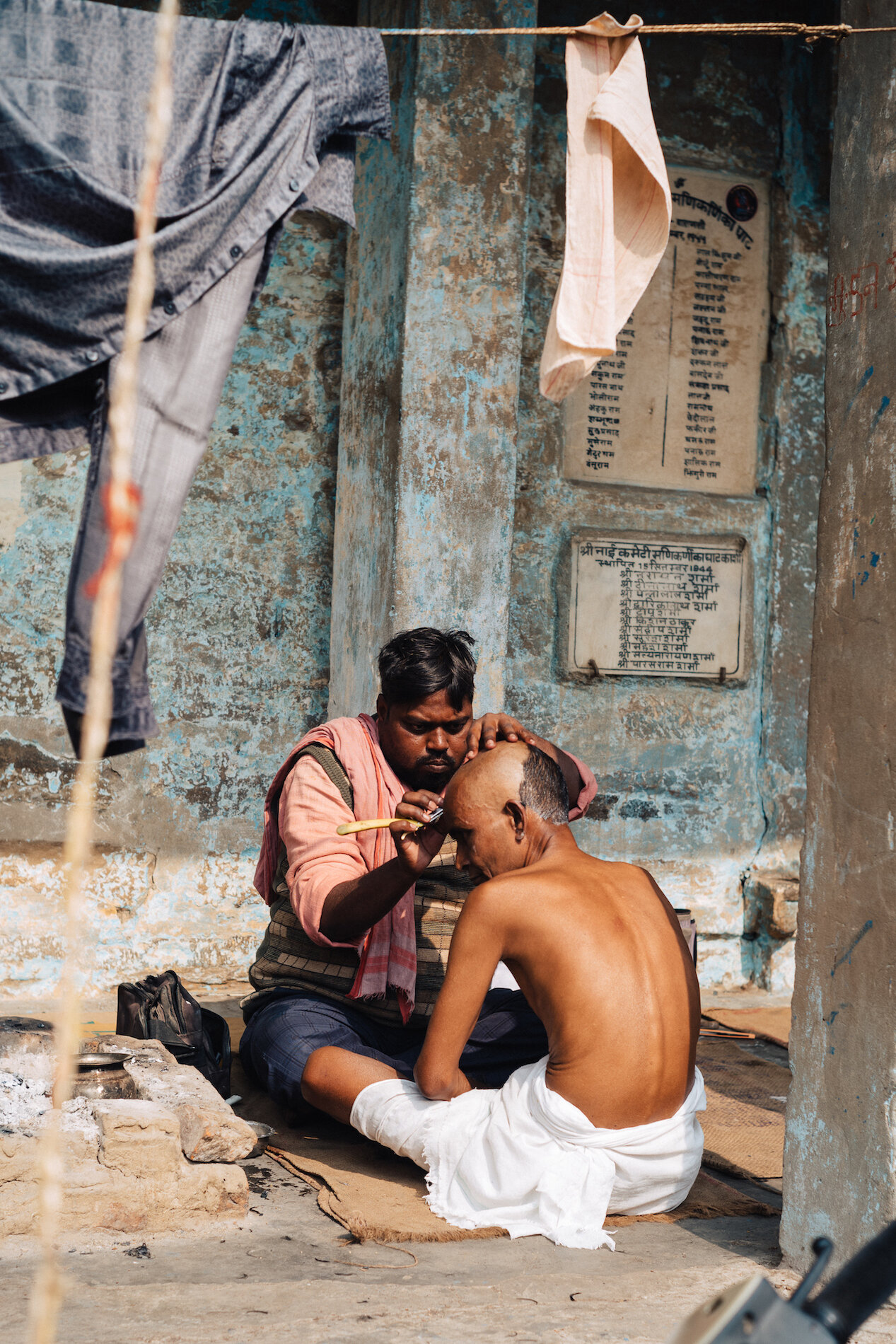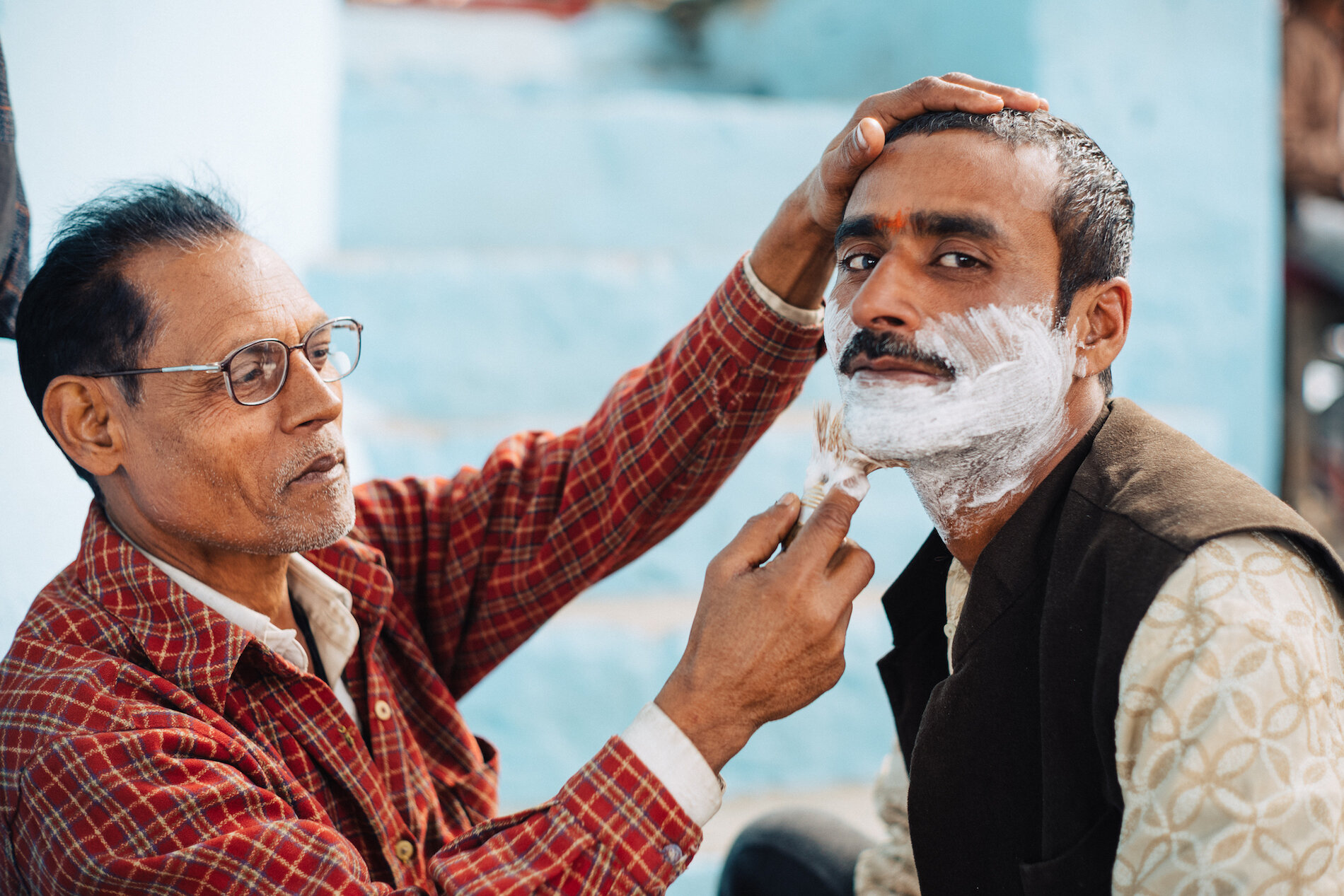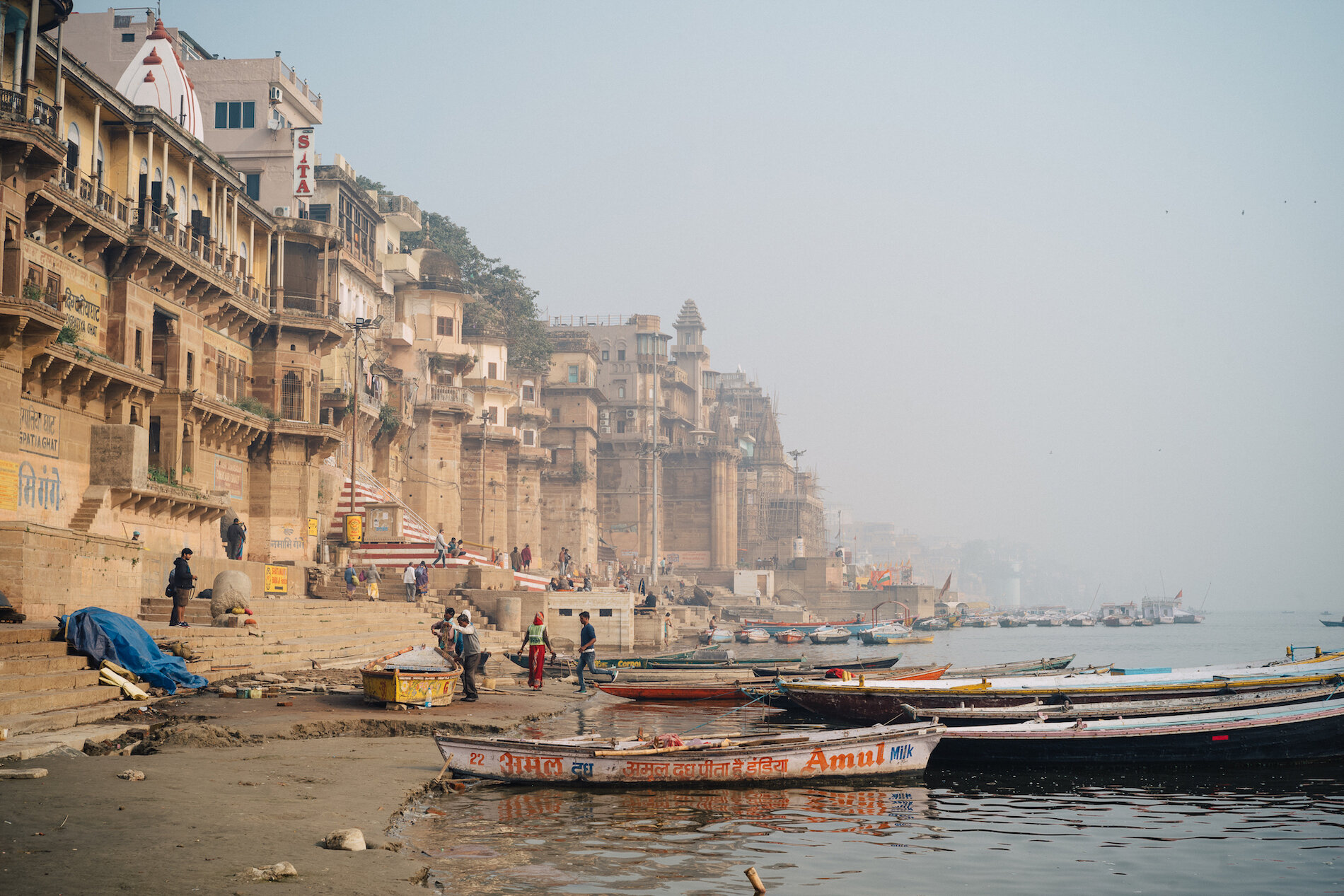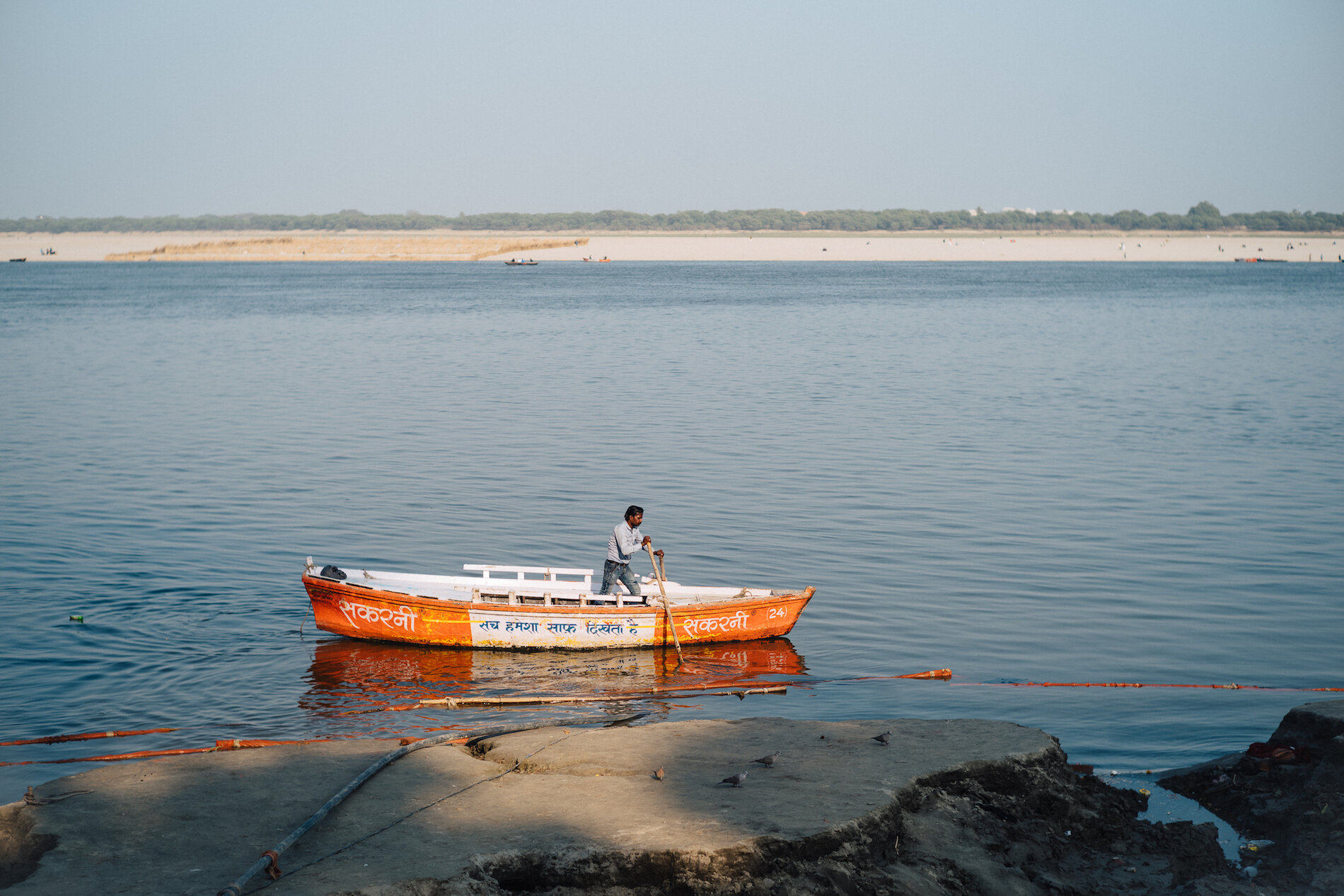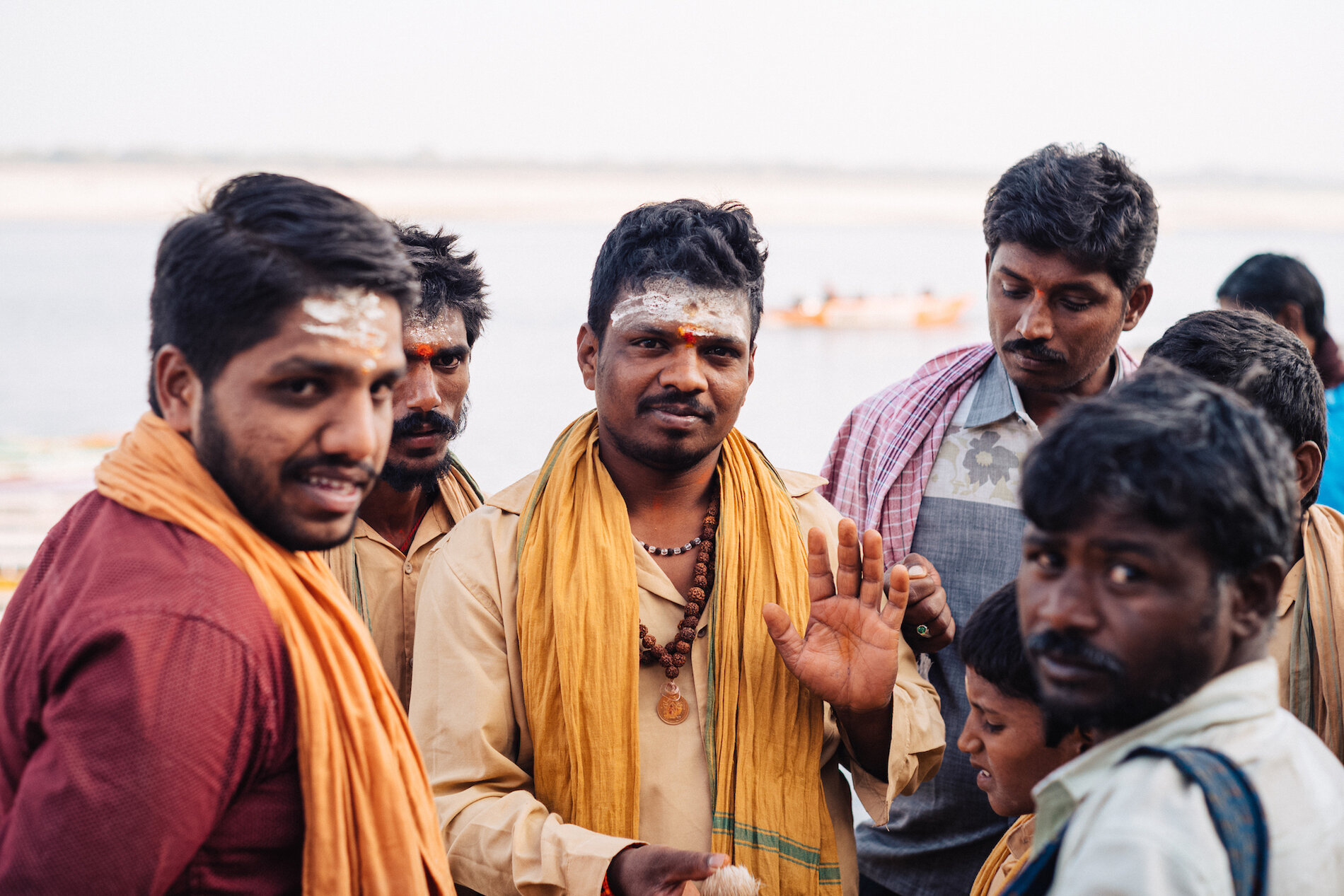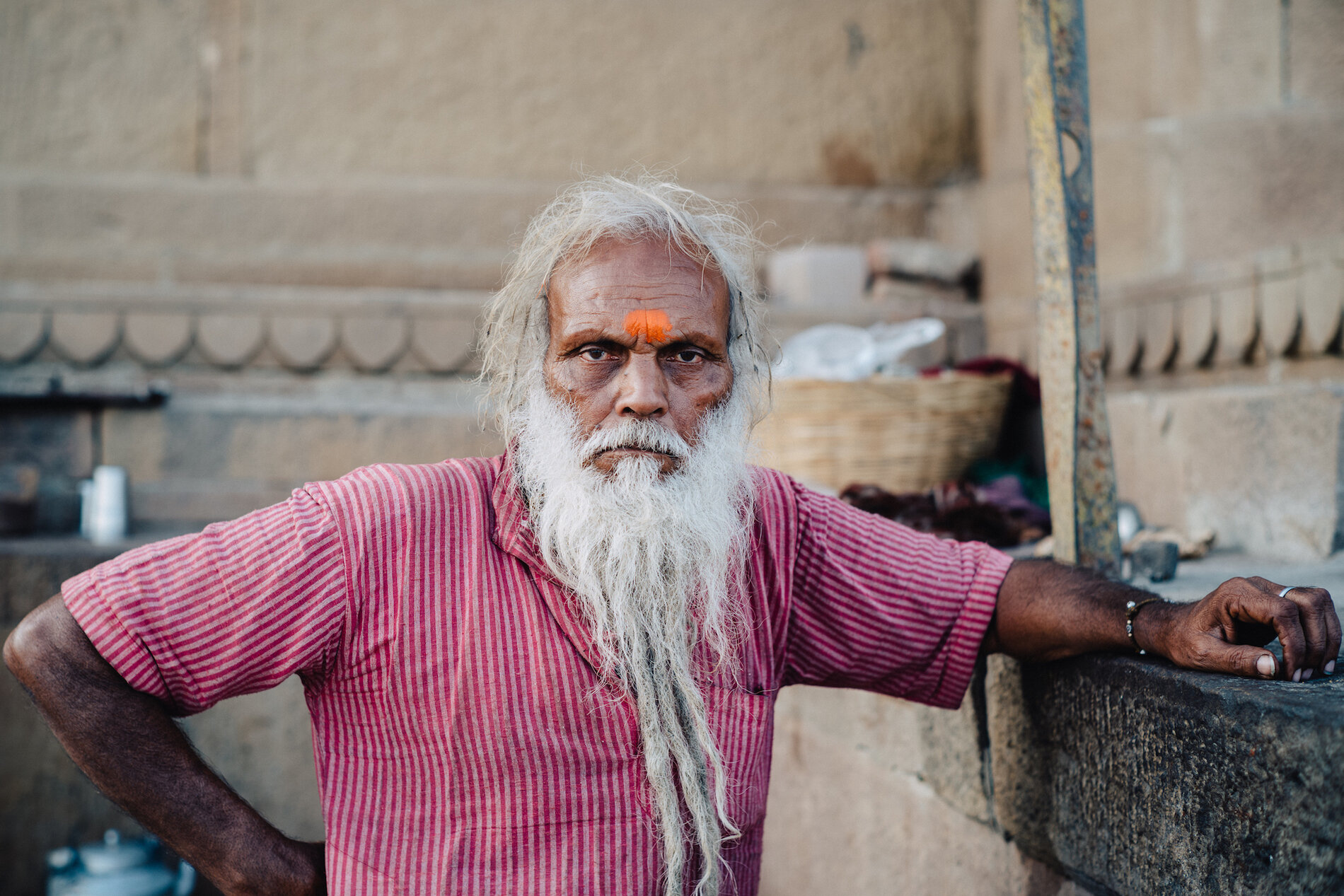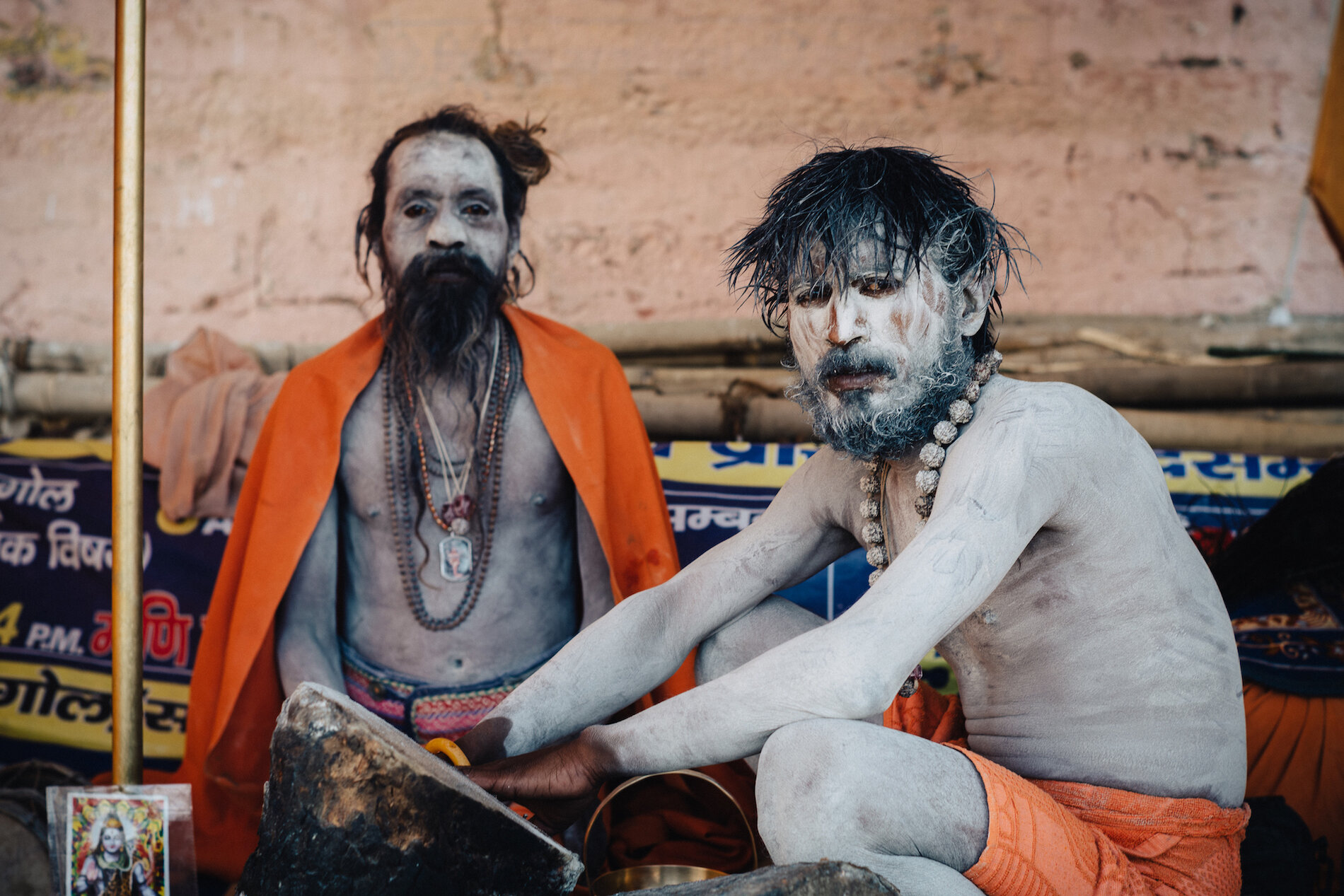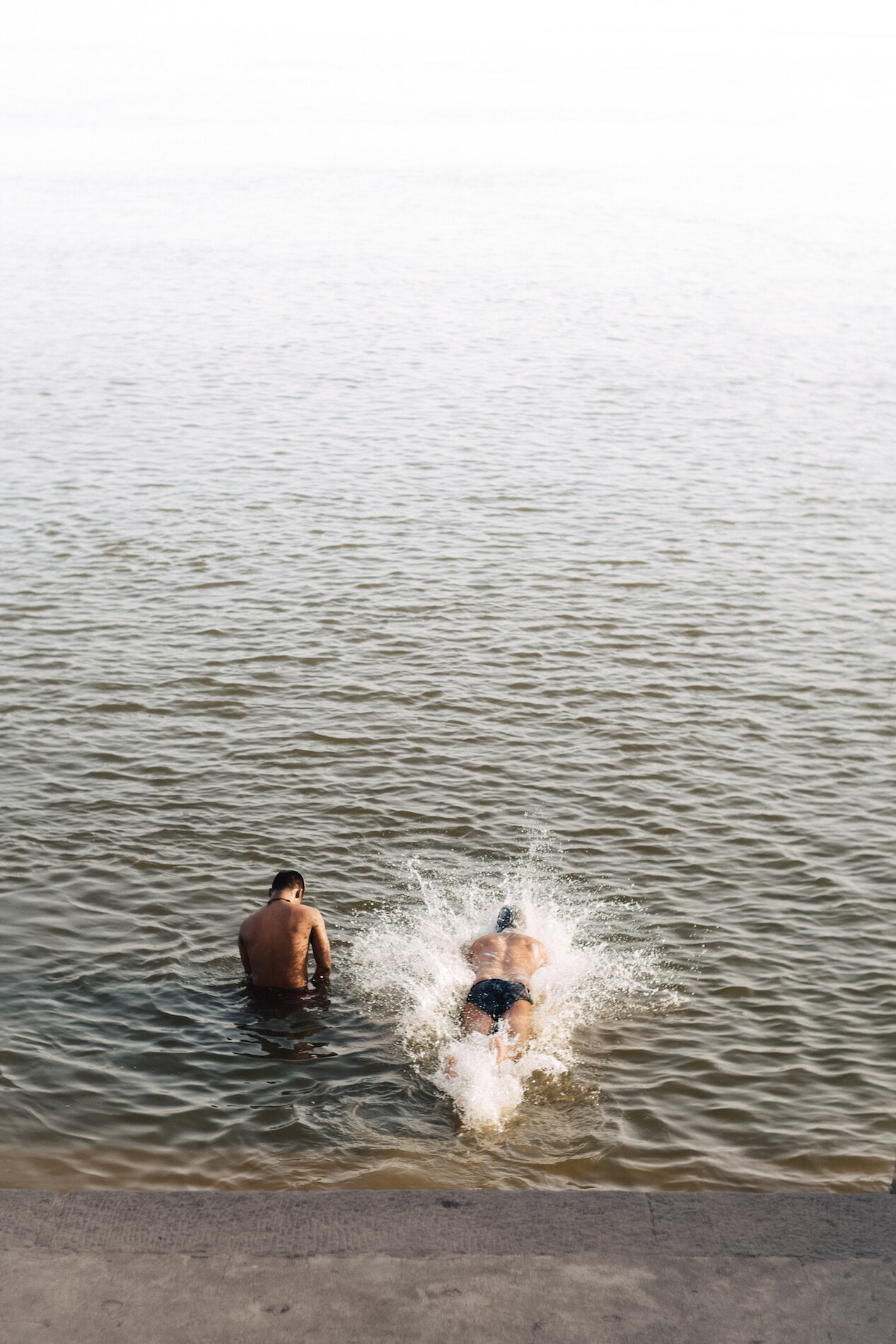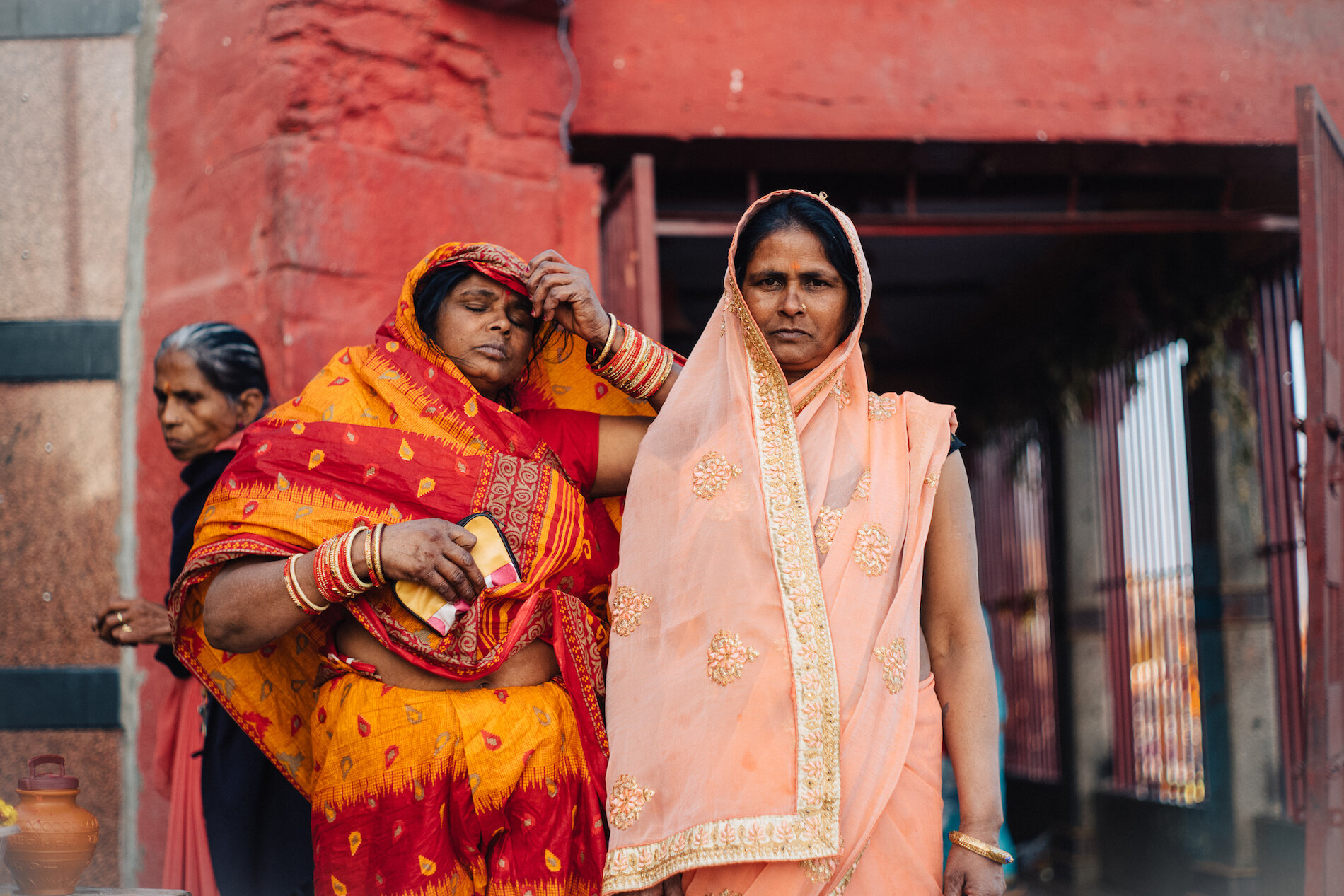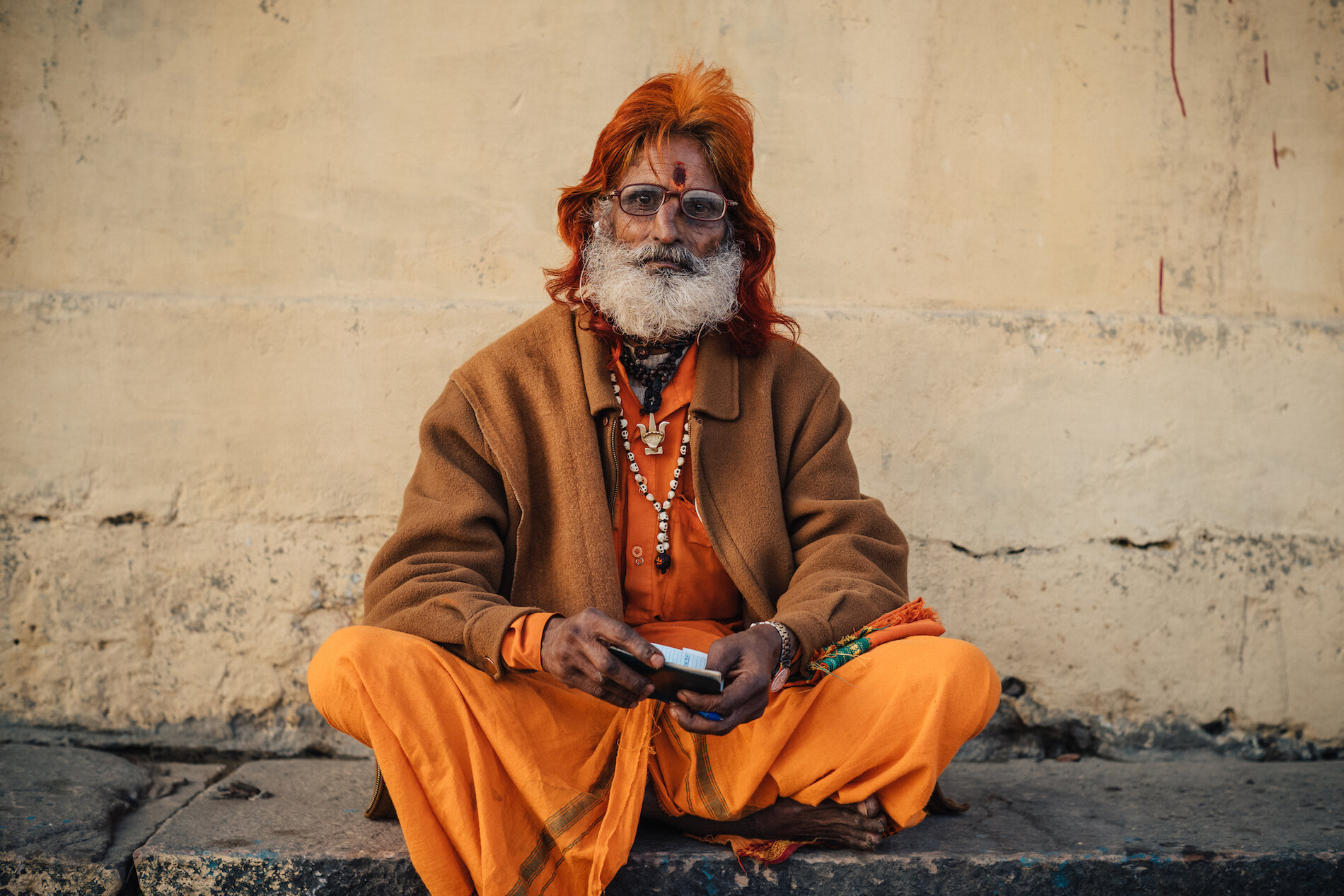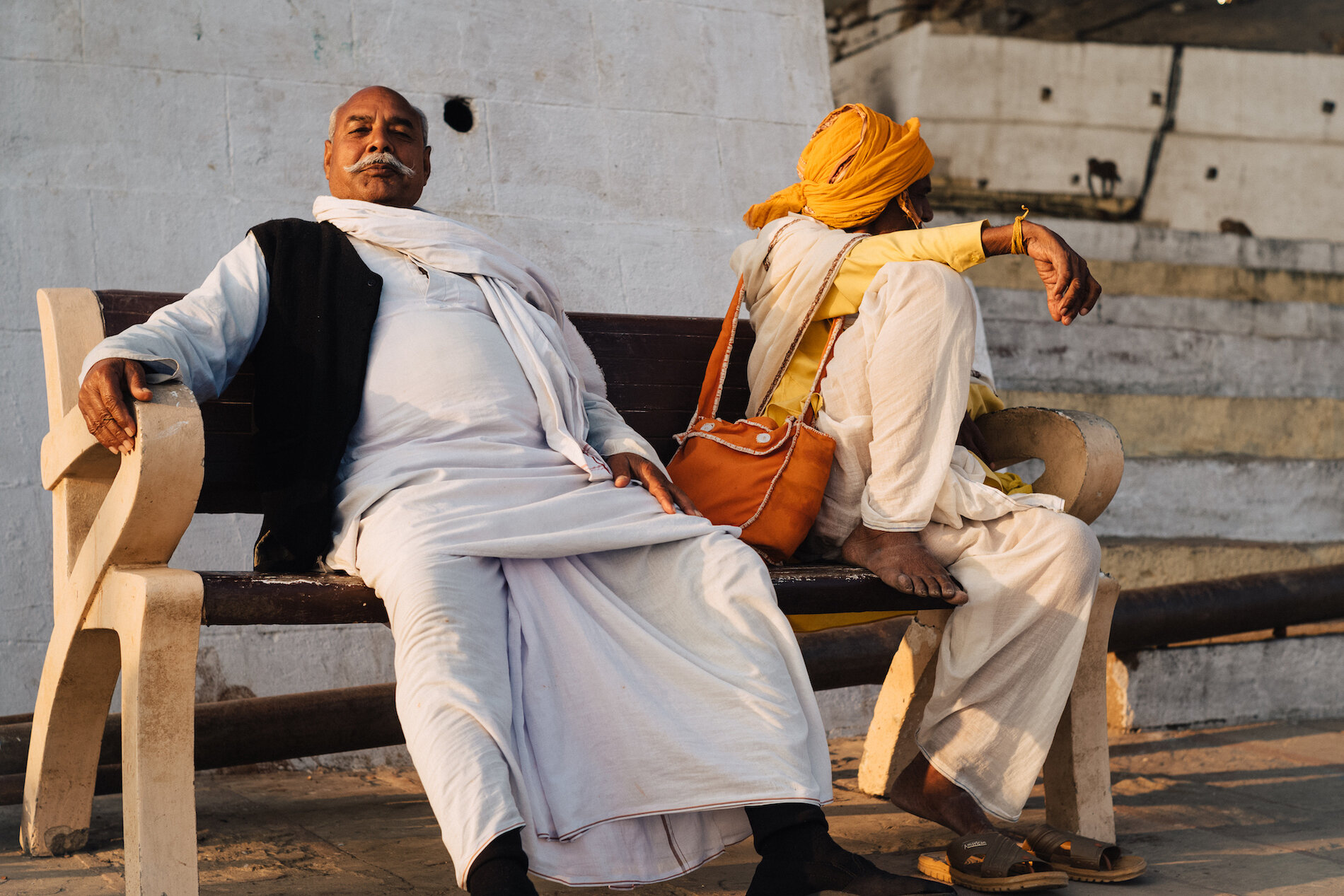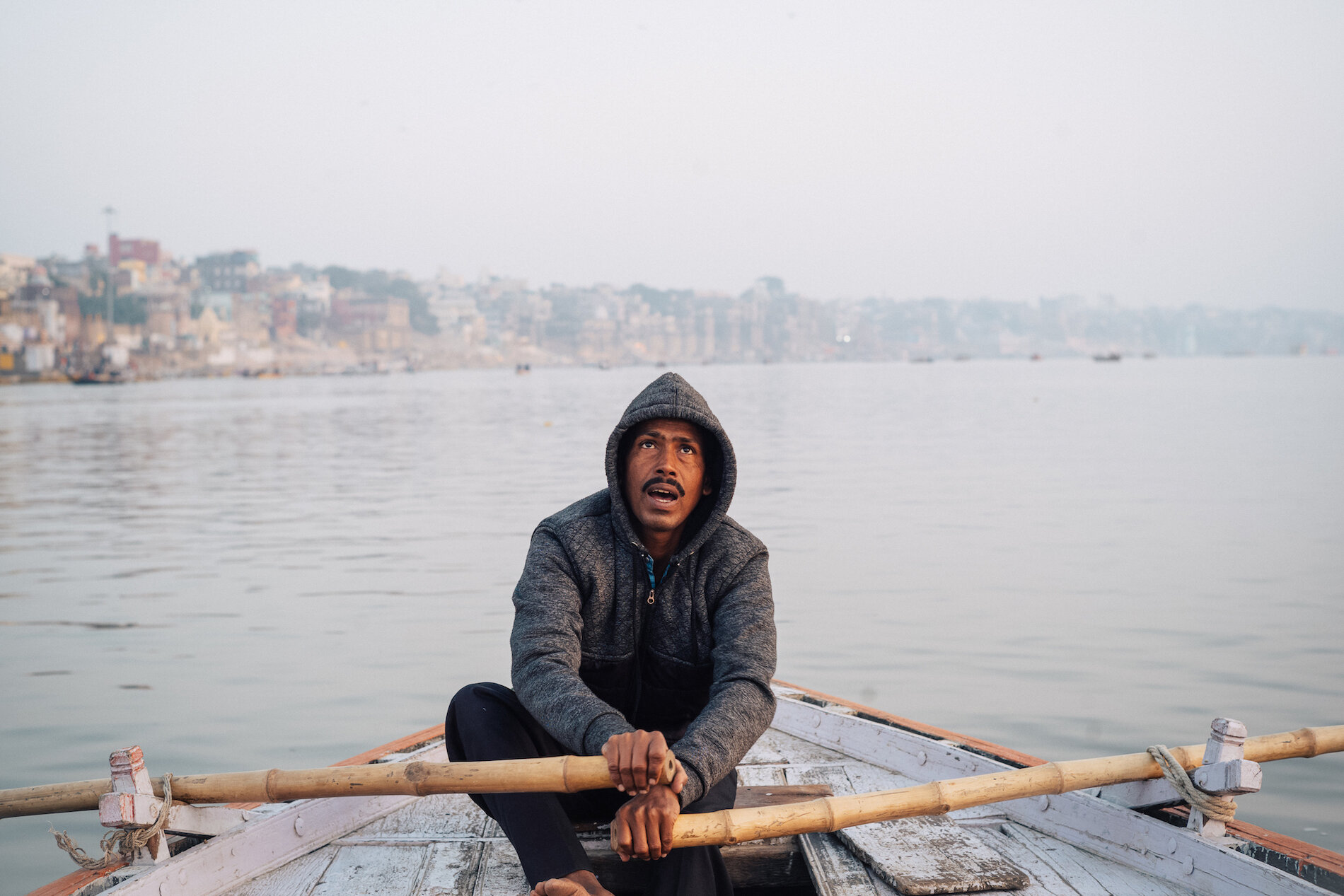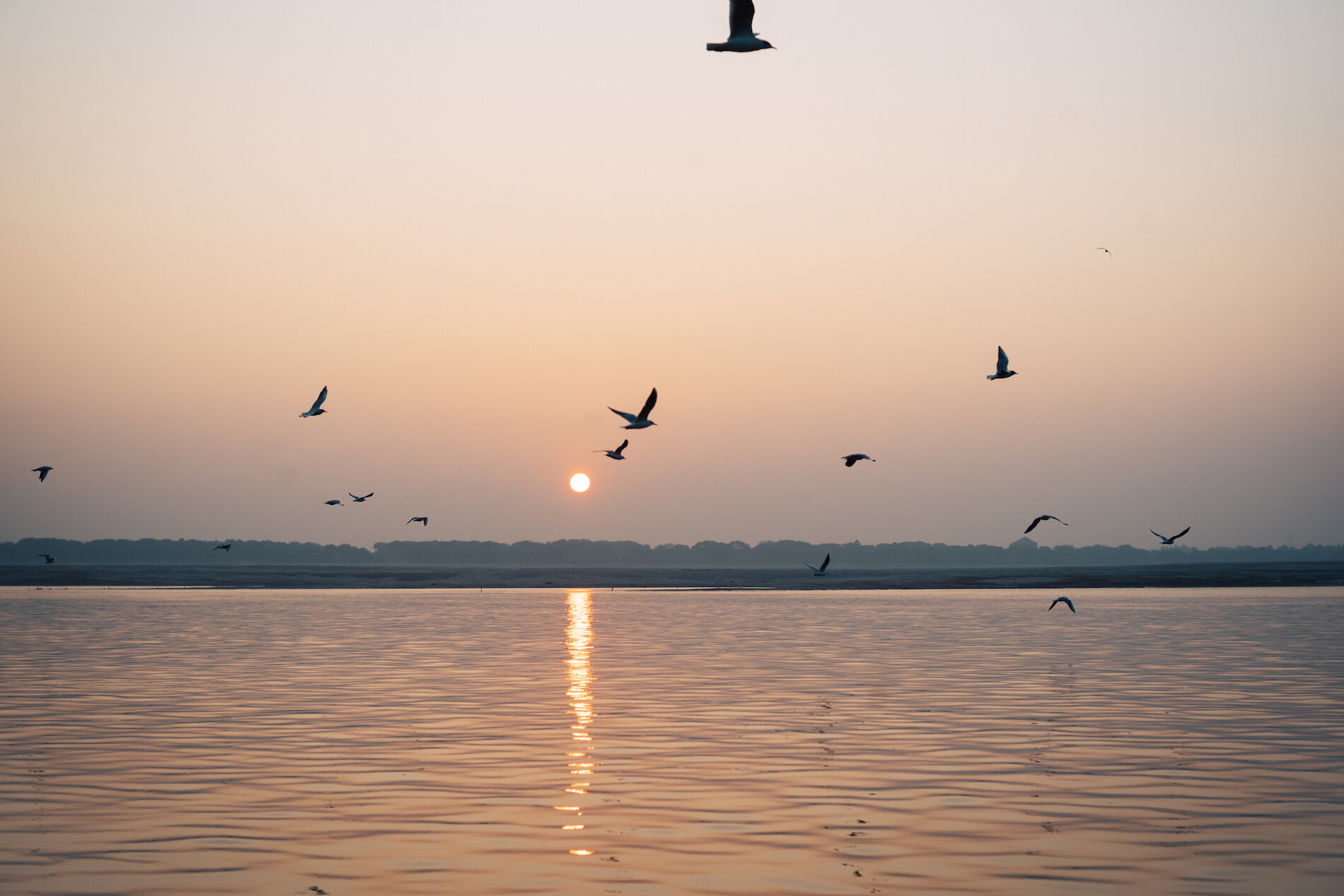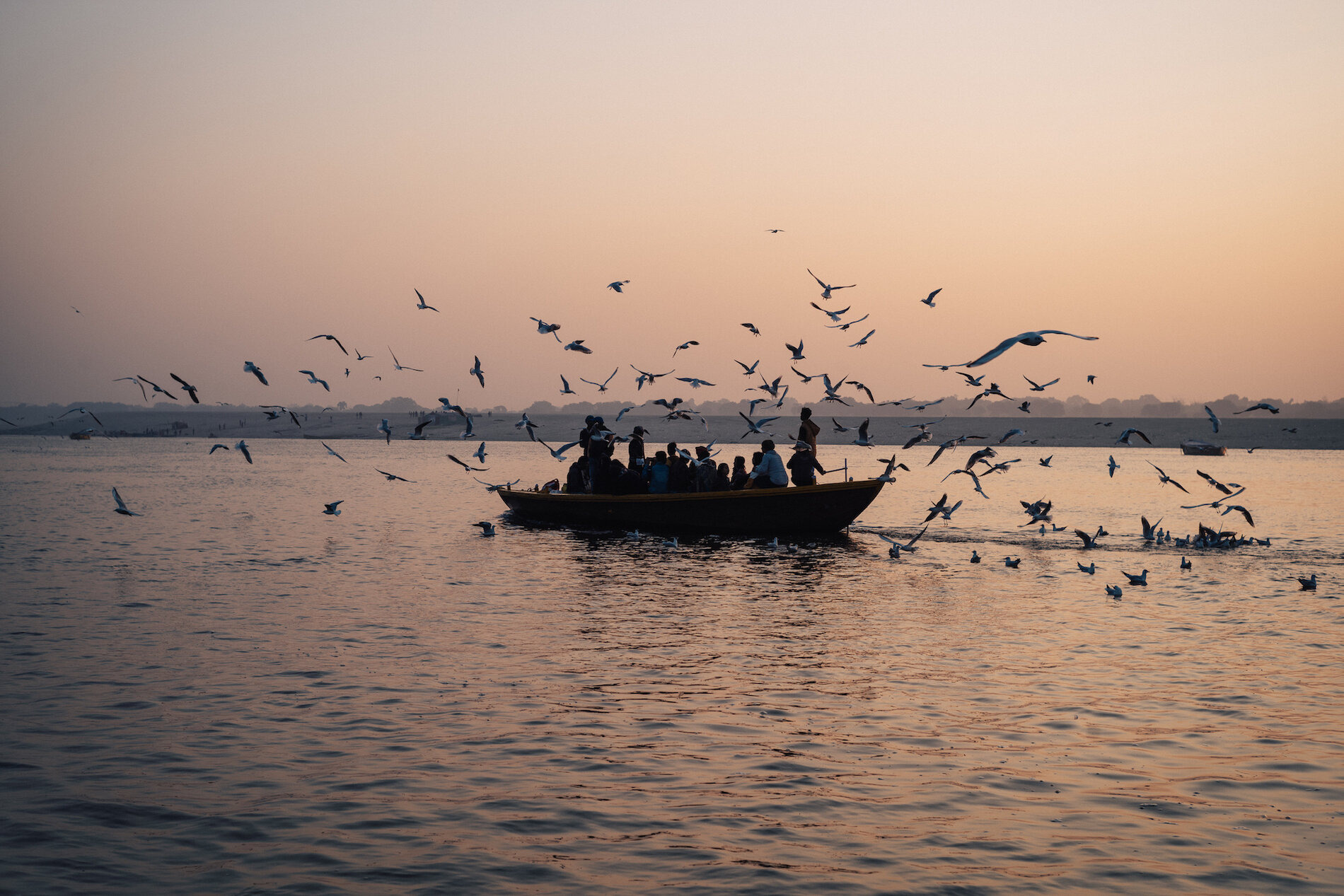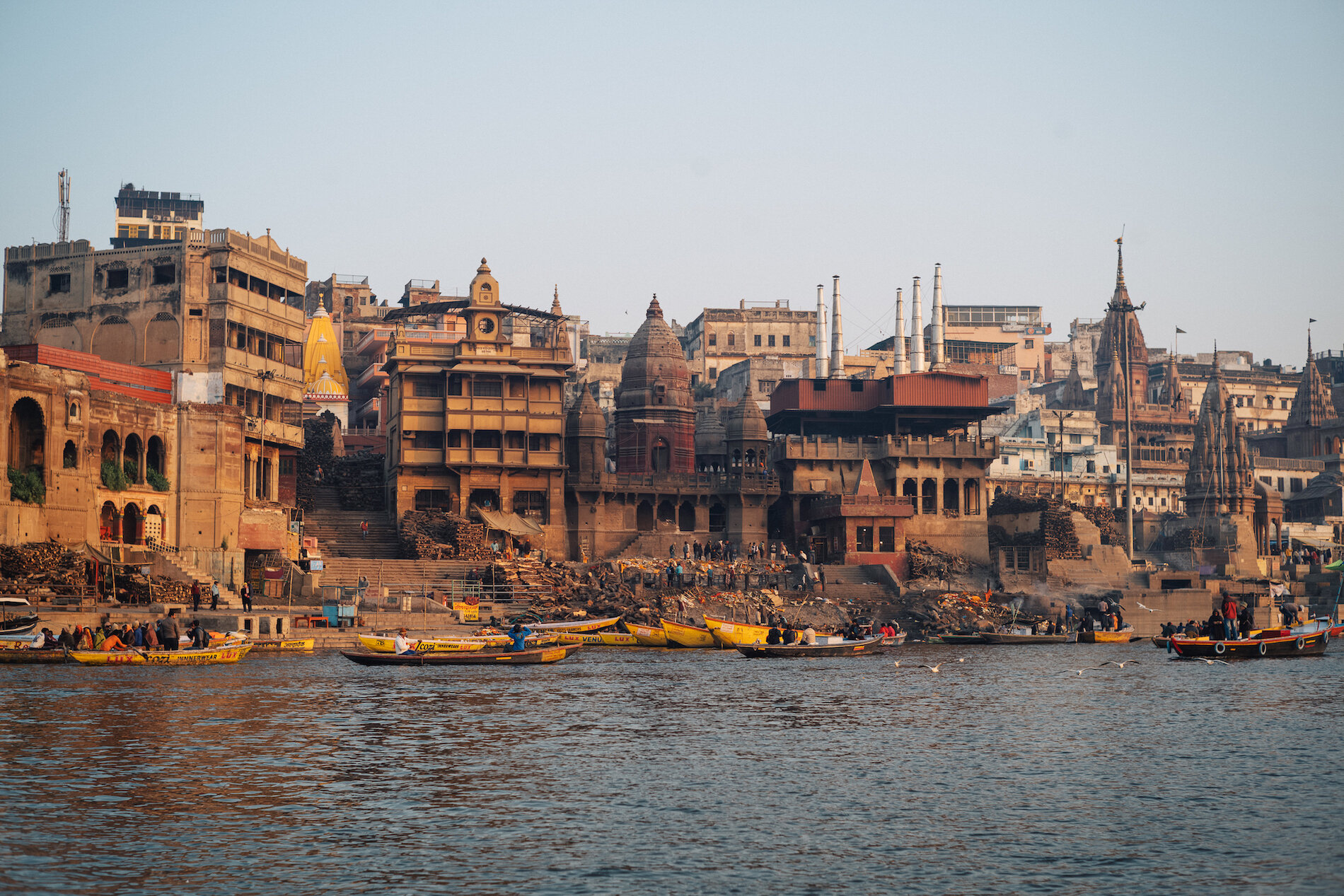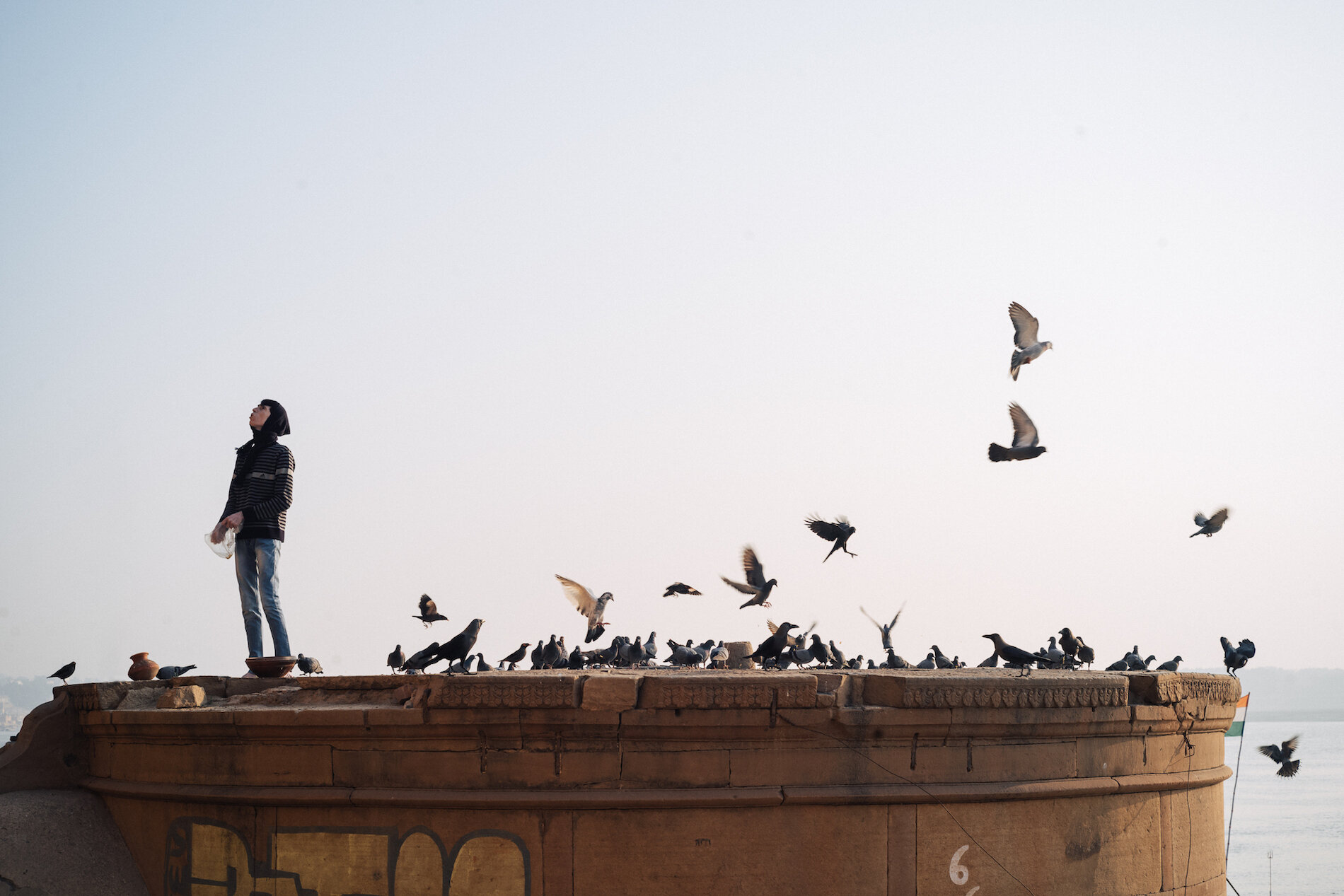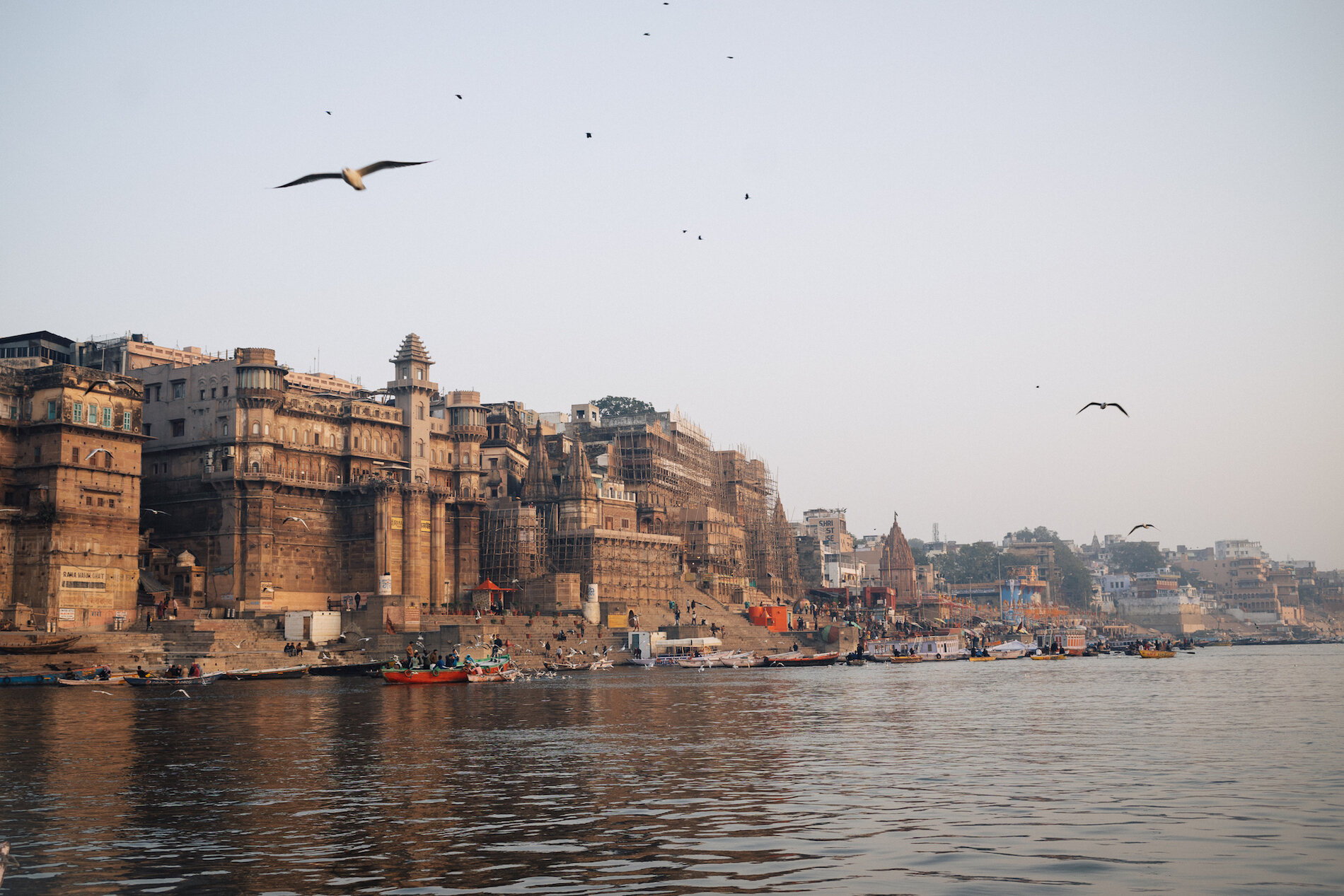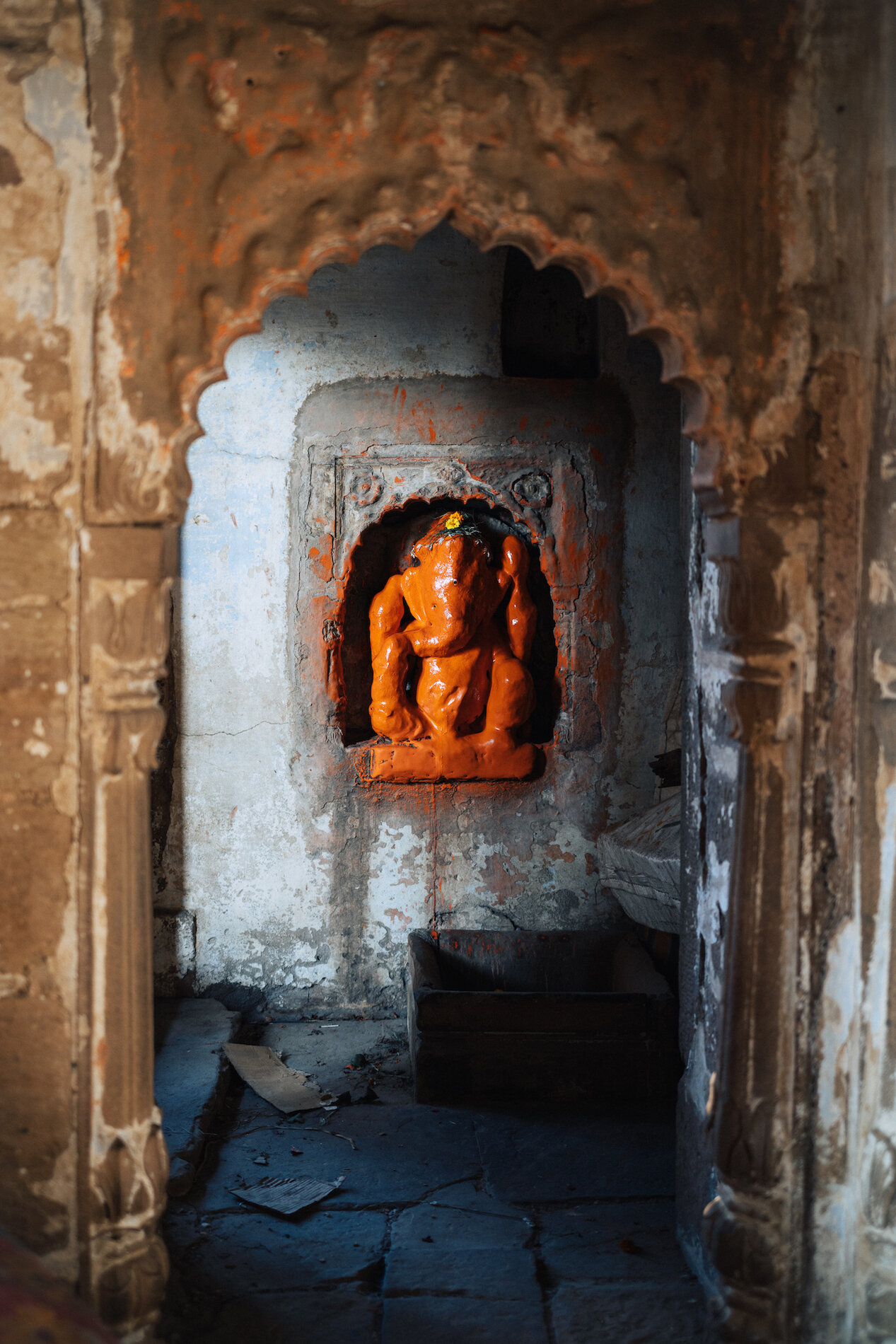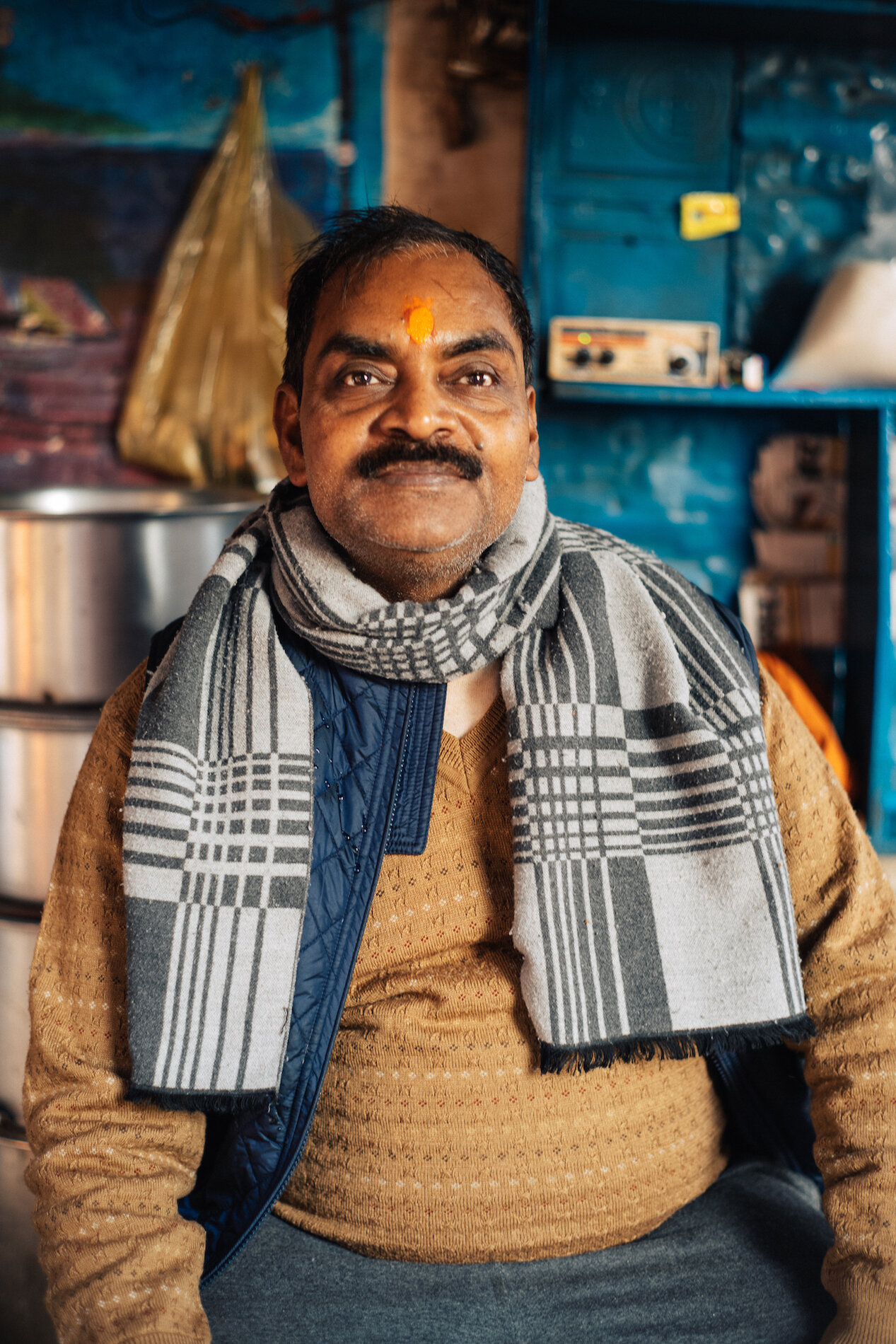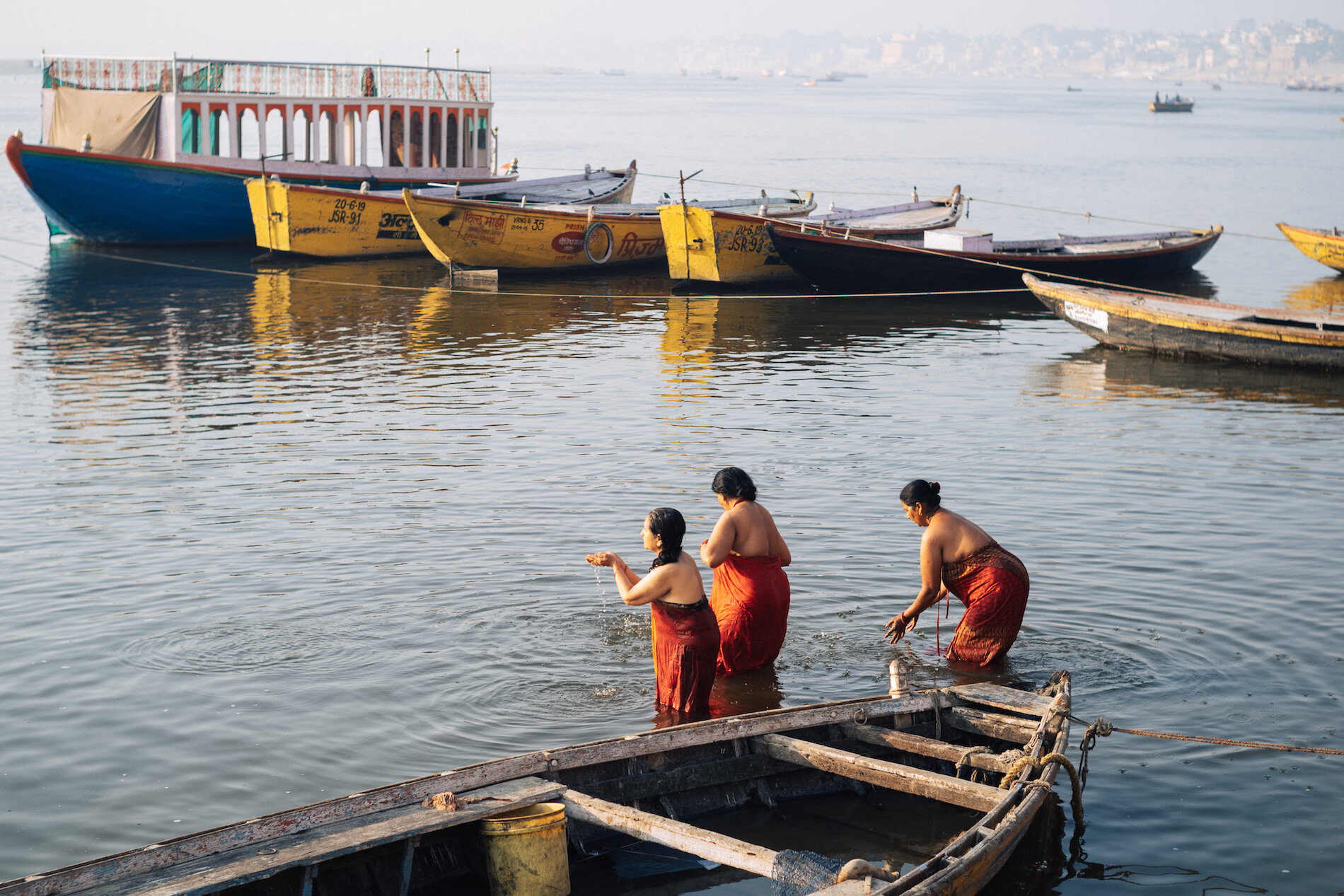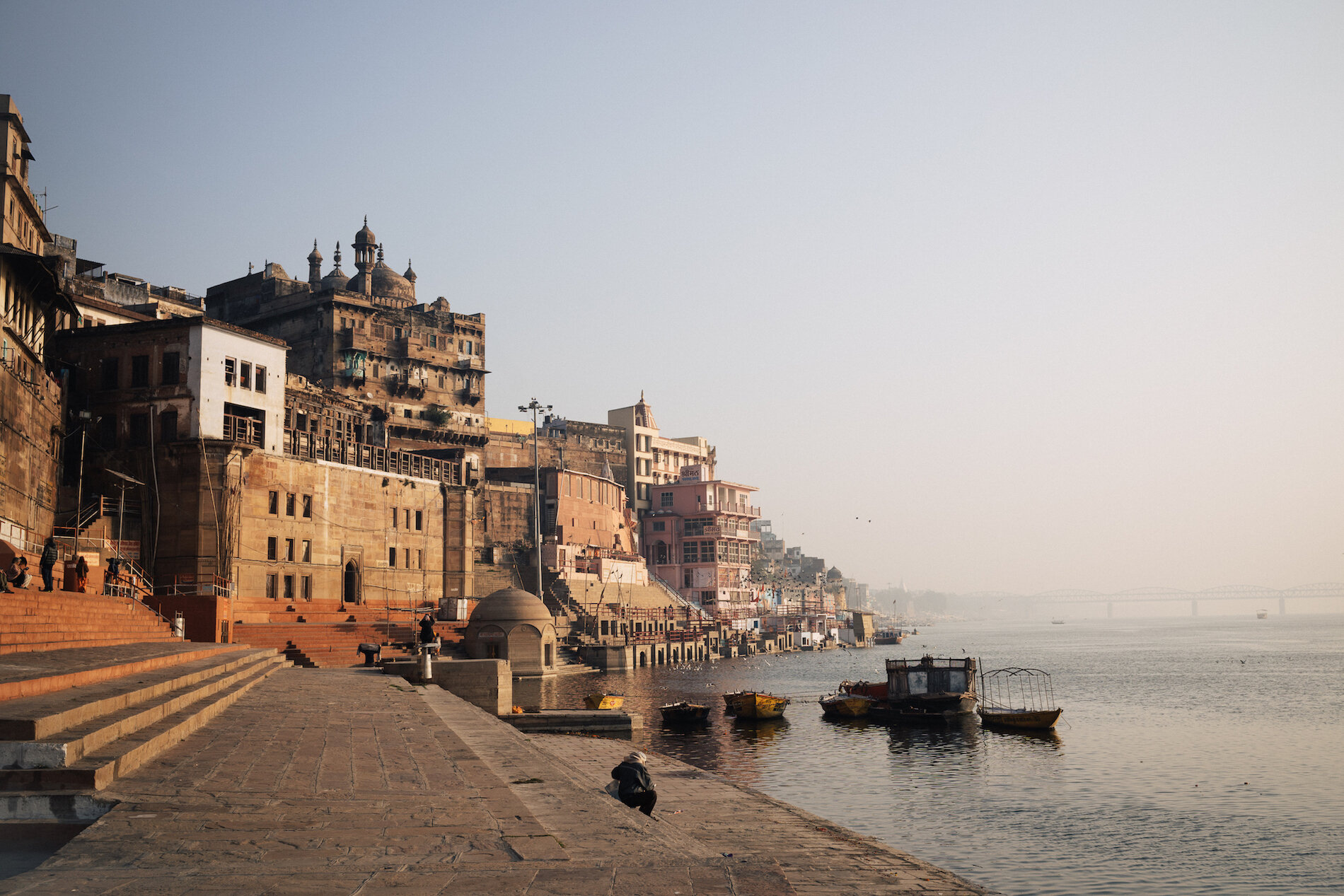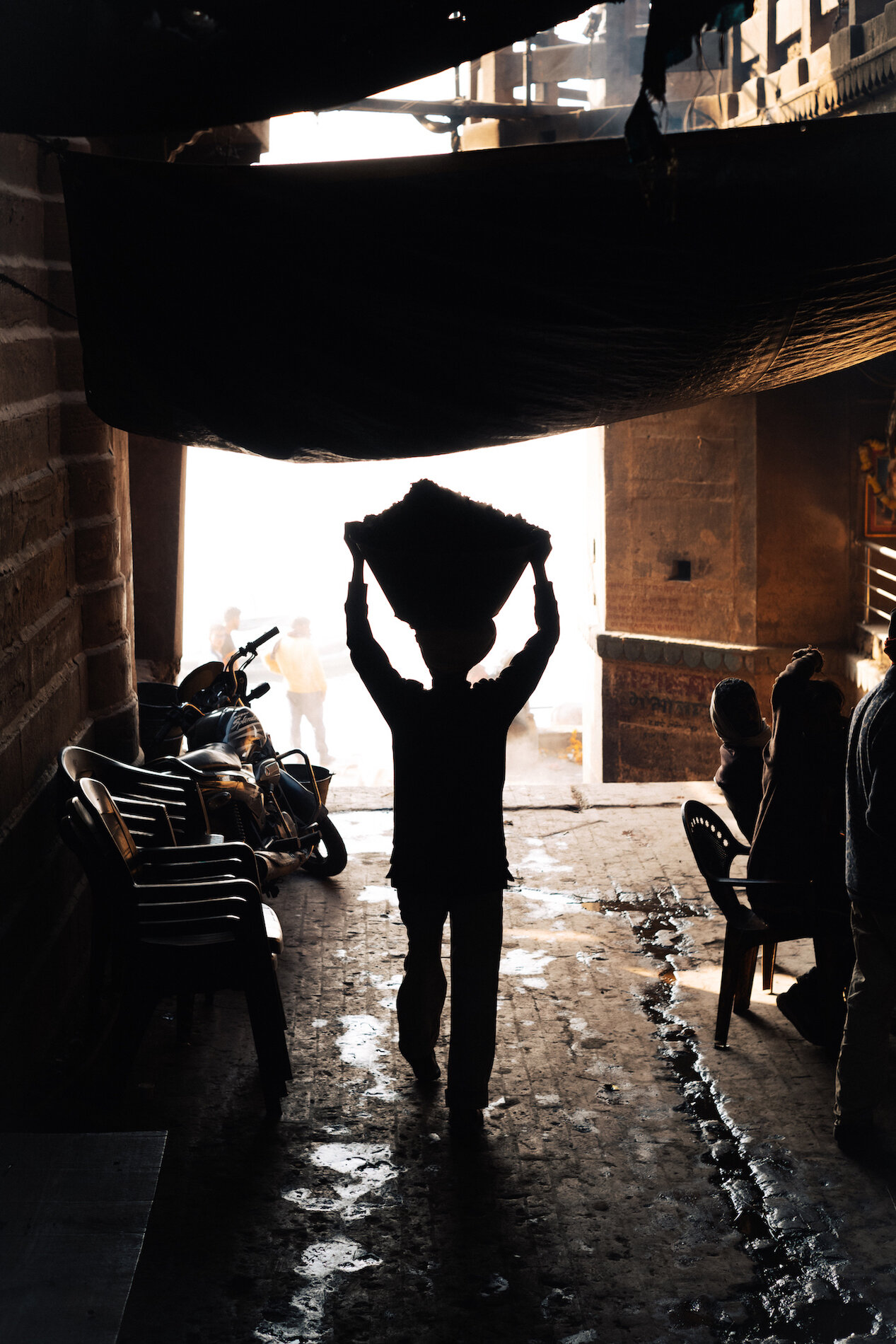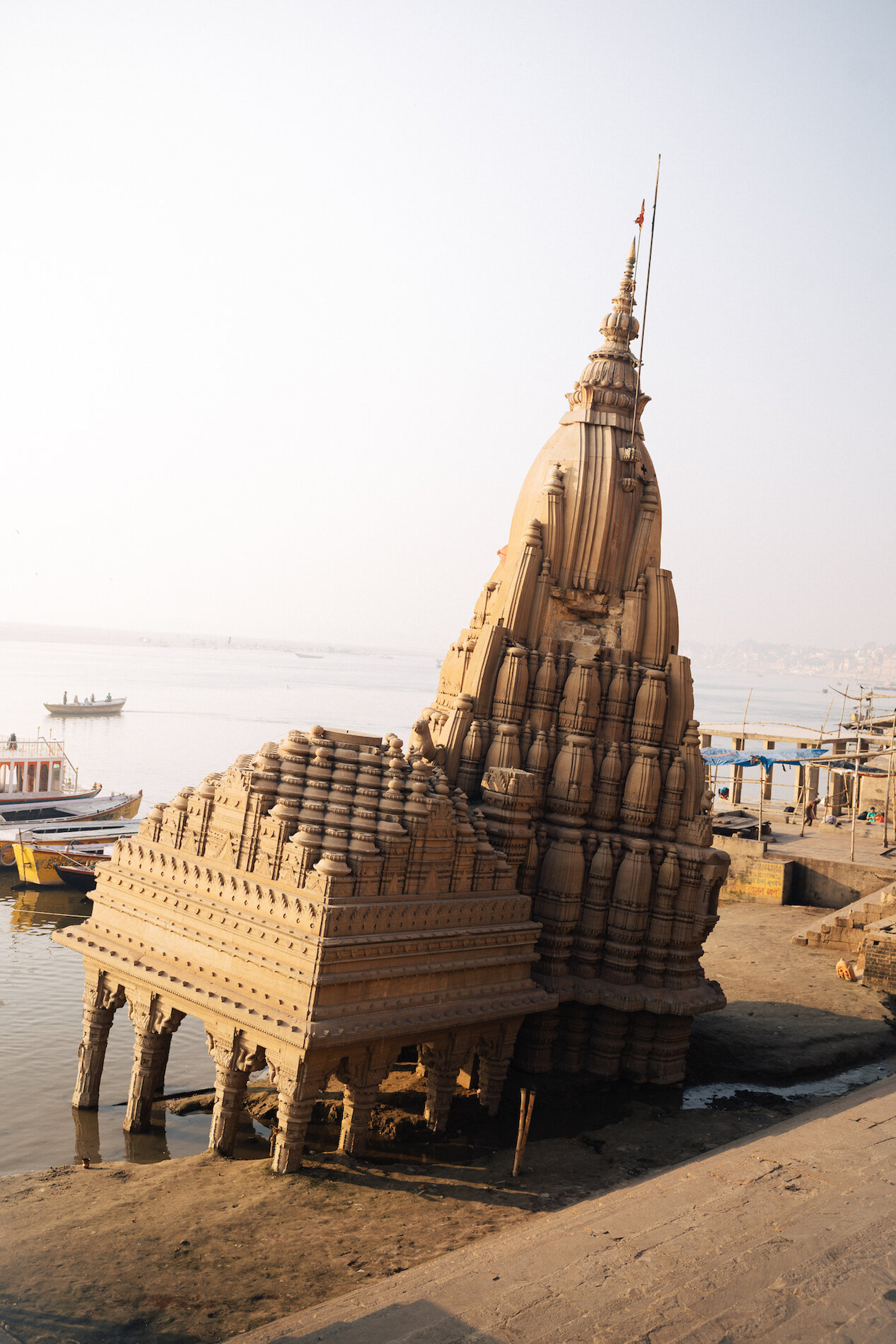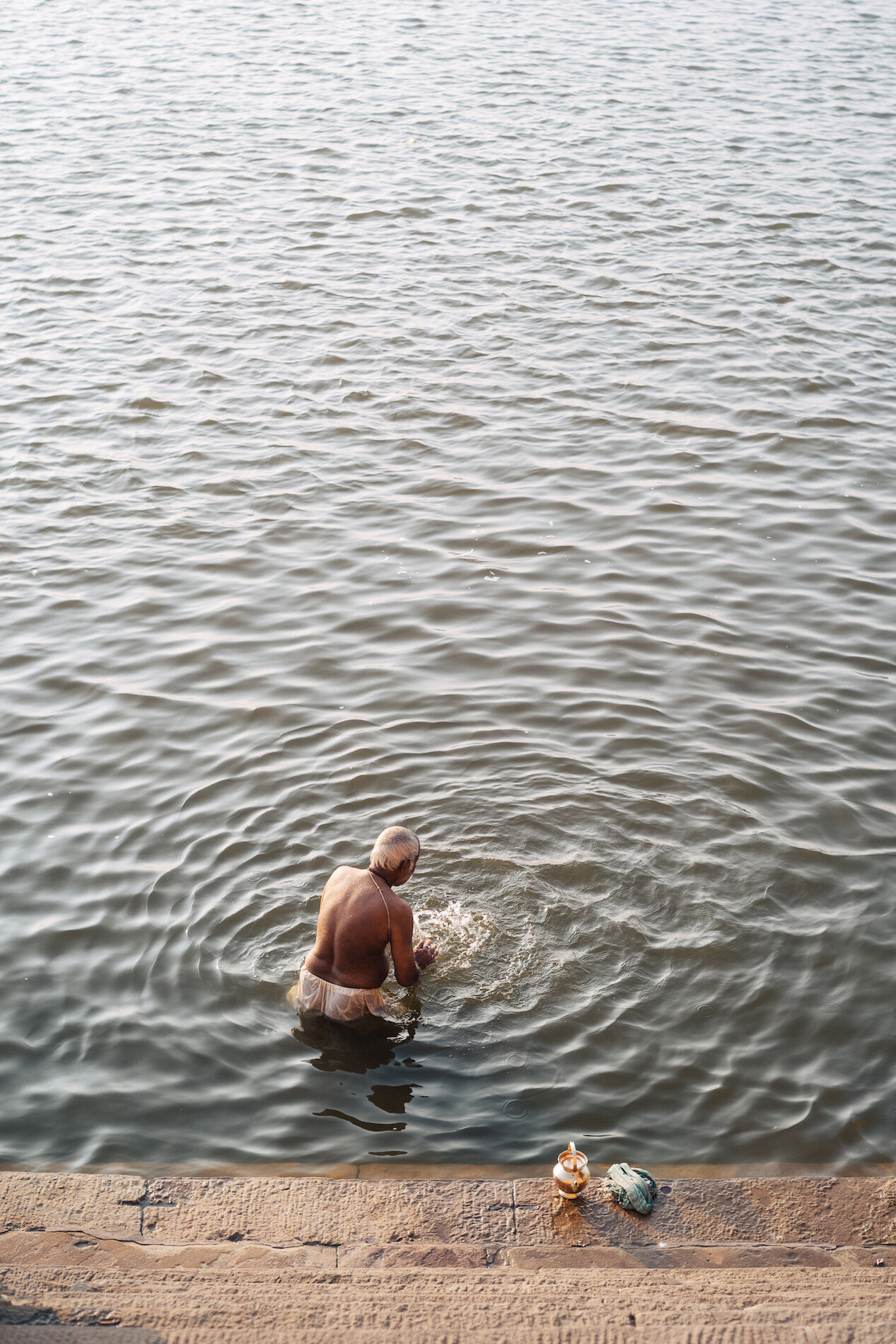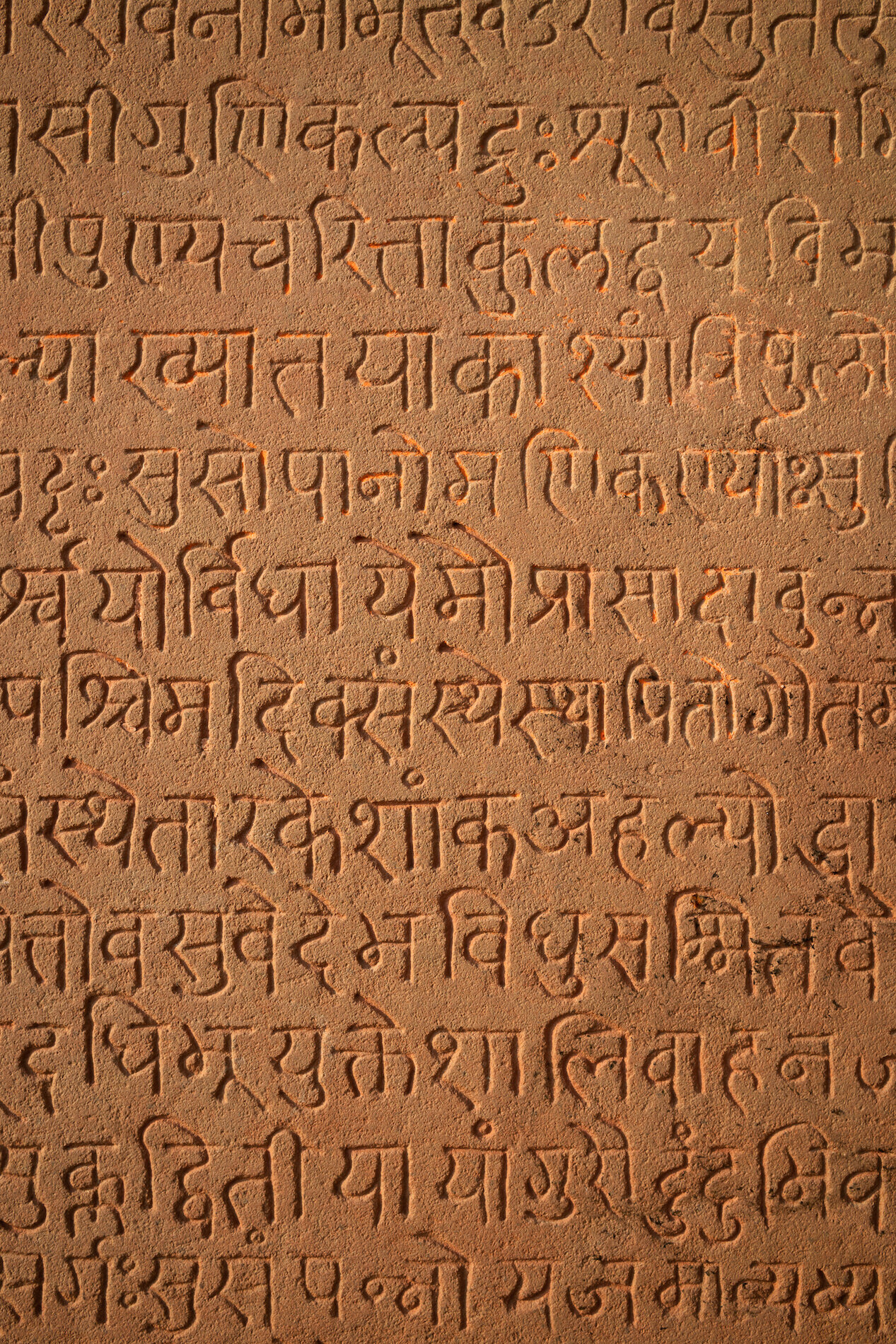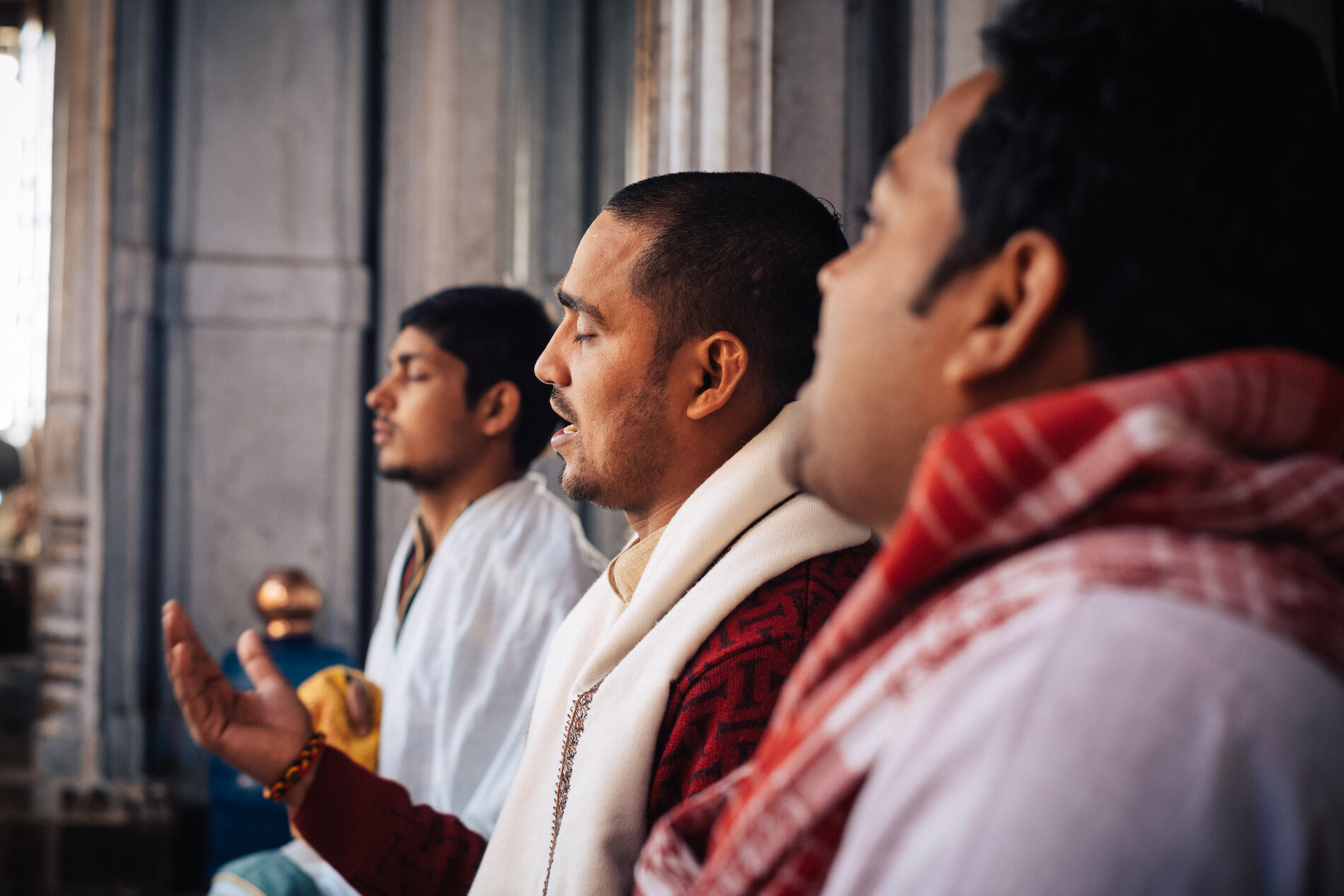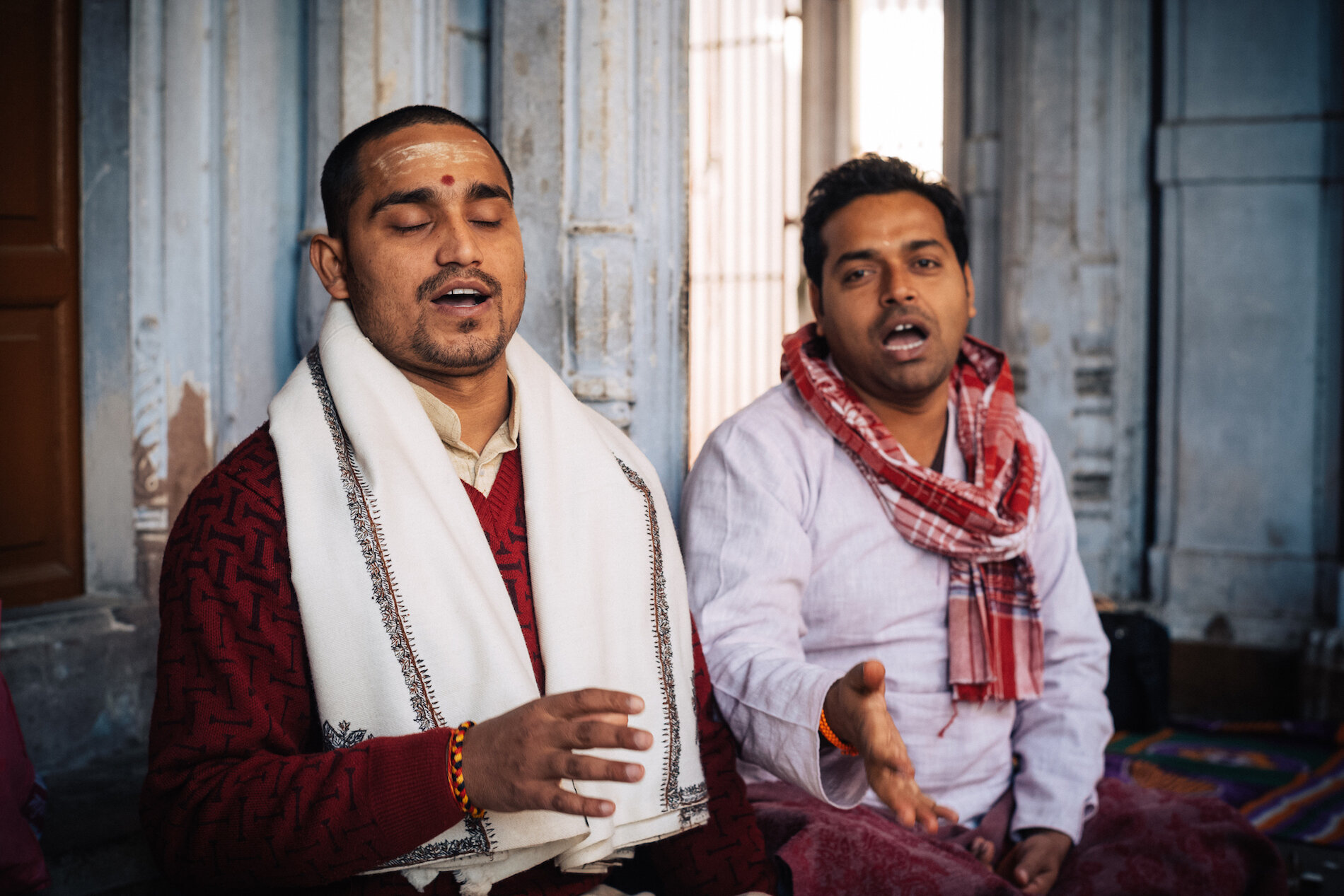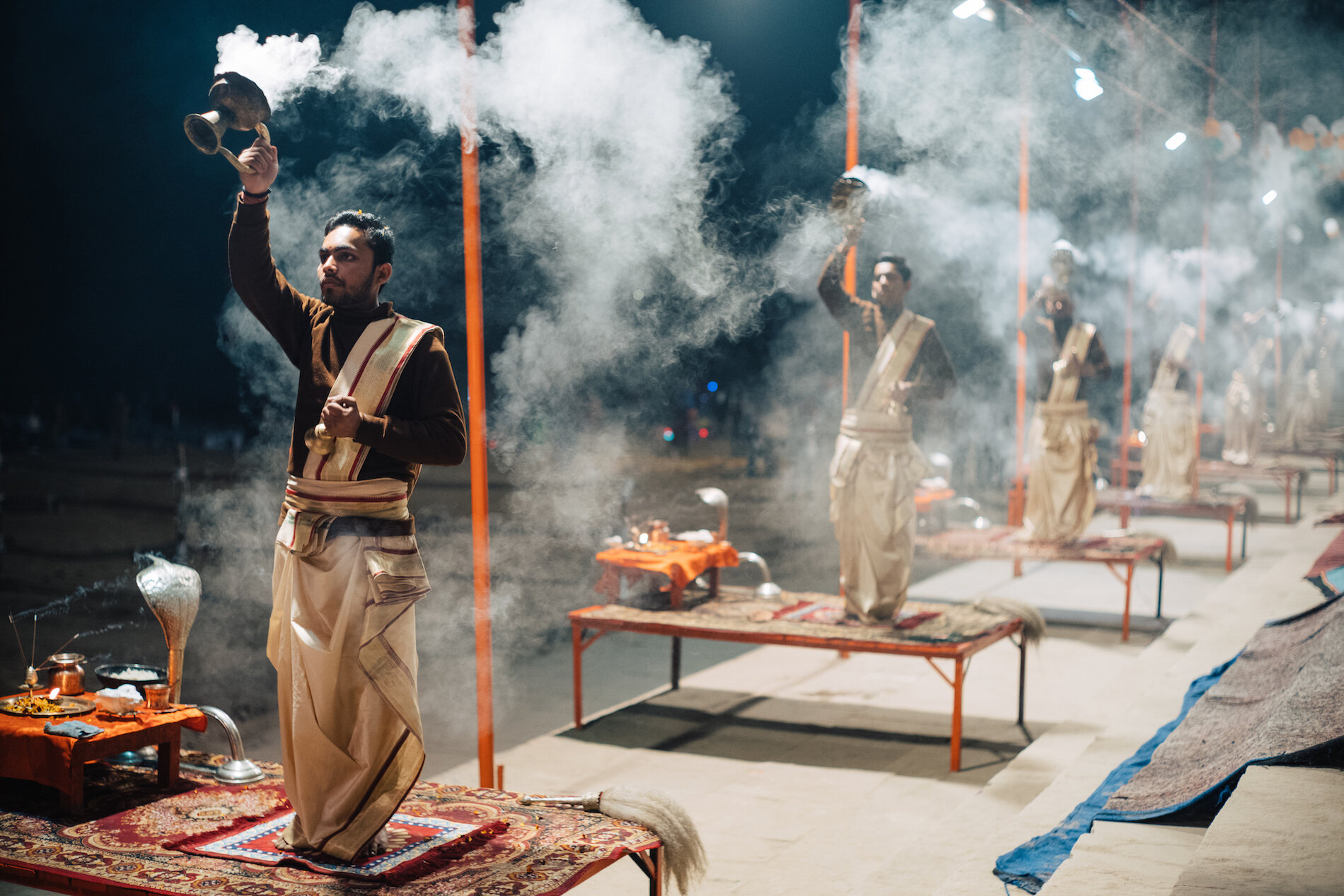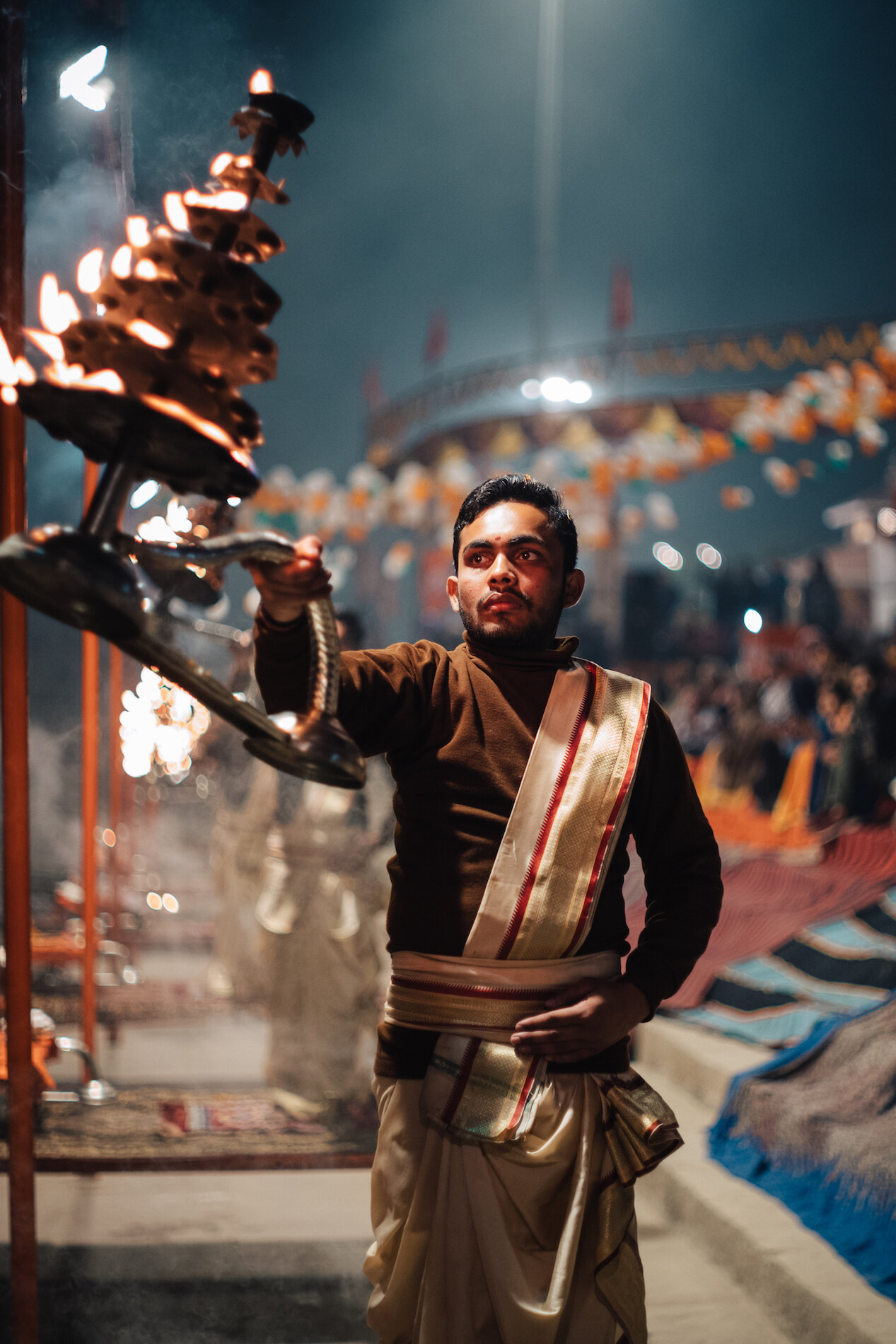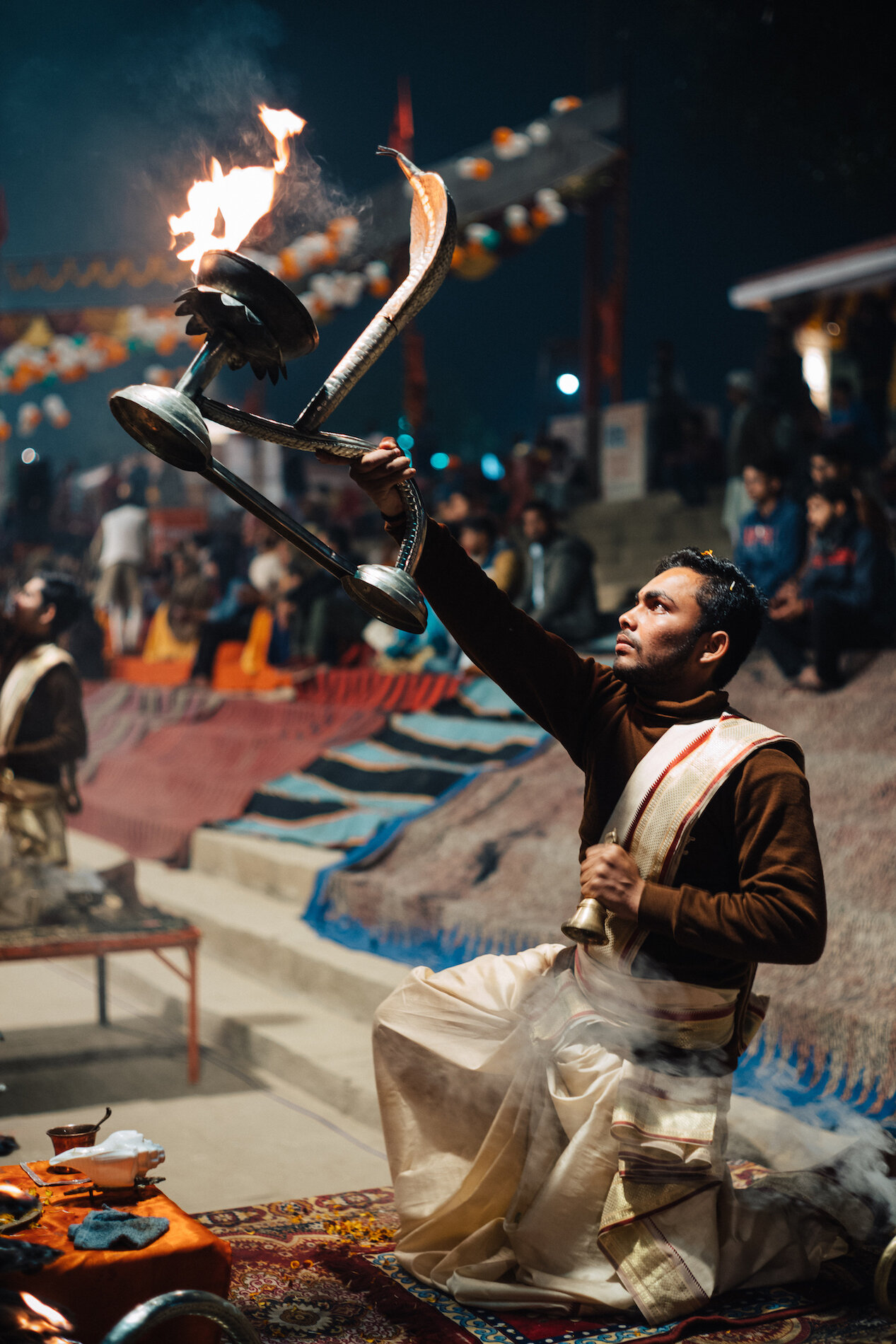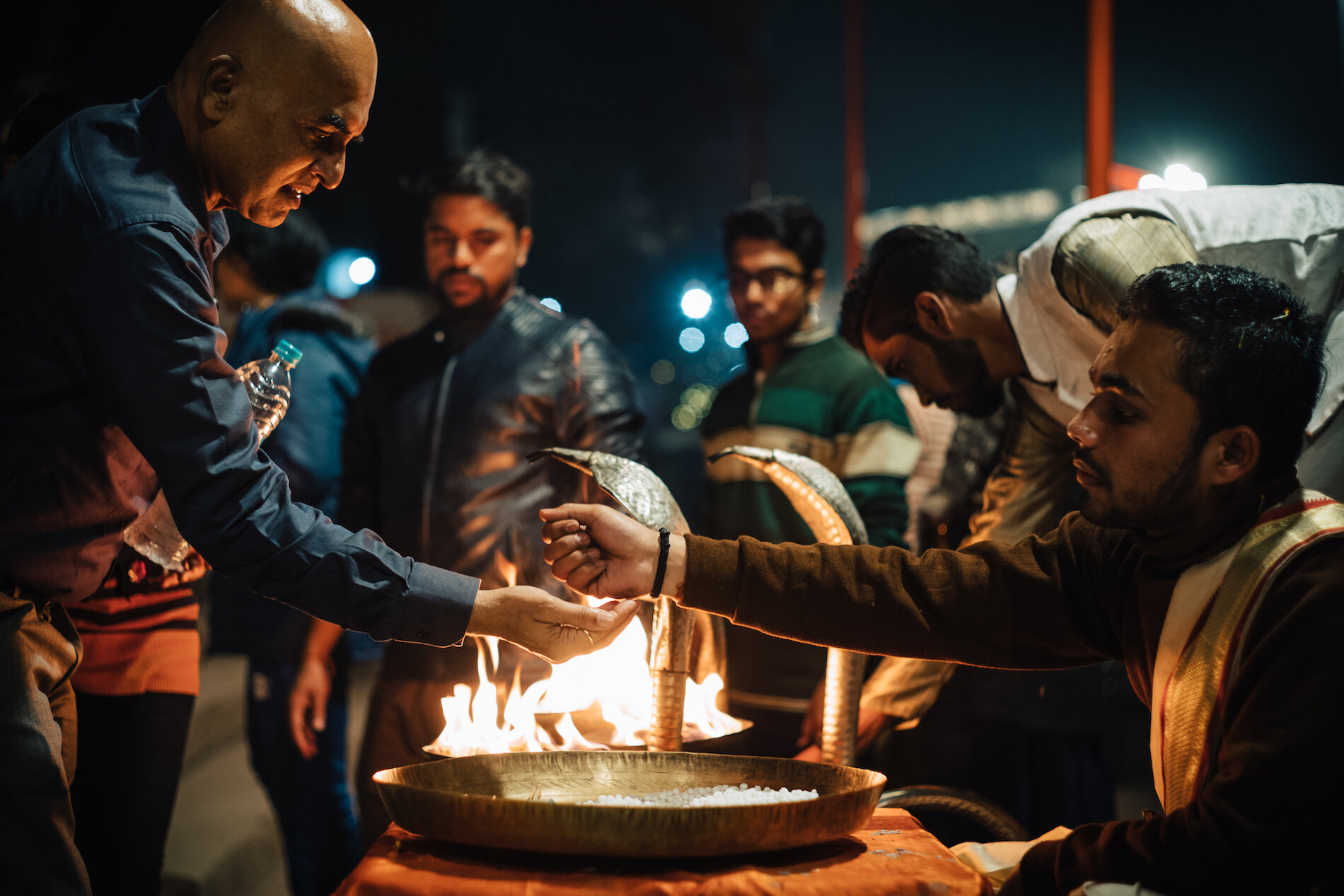Life and death along the ghats of Varanasi
I had barely slept the last few days so I asked the proprietor of the hotel for a quiet room. He paused briefly and then meeting my eyes said: “this is a very difficult place to find peace.” Ironic, I thought, since this is where people come to die.
He wasn’t wrong. My room reverberated with the sounds of Hindu chanting, the beeps of rickshaw horns, and the chatter of a nearby family.
I was in Varanasi. I had come to see how the Hindus look after their dead. Every year, thousands of Hindus travel to Varanasi to die and, by dying here, hope to end the endless rebirth cycle and achieve nirvana.
Varanasi lies on the River Ganges, India’s most holy river. The water can be reached via a long series of riverfront steps know as ‘ghats’. There are 88 in total and you can walk from one end of Varanasi to the other along these ghats.
They were built by a variety of ruling dynasties so that people could easily reach the river to bathe and to perform prayer rituals.
Two, however, are reserved exclusively for cremations.
He paused briefly and then meeting my eyes said: “this is a very difficult place to find peace.” Ironic, I thought, since this is where people come to die.
From these, rising smoke can be seen from far away. Scattered about the cremation ghats are piles of wood. Scores of men - some relatives, some workers, some onlookers - stand around while bodies are cremated and new pyres are built. Close up photographs of these ghats are, understandably, forbidden.
I was drawn back to the burning ghats several times transfixed by this death ritual that I am so removed from in my life. On one visit, several bodies were being cremated at the same time. The heat was intense. Out of one hissing pyre, I could see two feet sticking out, the skin blistering. Out of another, a hand hung limply, a gold ring still on the third finger.
Carried by chanting men, a body arrived covered in white muslin and decorated with orange marigolds. The deceased’s head was visible, eyes closed and at peace despite the commotion around them.
According to a local I spoke to, after a person dies, their body is immediately washed by their family. Once cleansed and covered, the men carry the body to one of the burning ghats. It is the last time the women will see their relative. One of the men is selected to be the representative of the deceased and they visit a barber to receive a ritual head shaving. That person is dressed in white robes and will bathe in the Ganges twice a day for 14 days as part of the blessing for the dead relative. Meanwhile, wood is purchased for the cremation. The body is taken to the riverbank and blessed with holy water from the Ganges. It is then placed on a pyre and cremated. When only ashes remain these are collected and scattered over the Ganges. Some Sadhus (holy men) cover their bodies in this ash believing it to be holy.
Sadhus along with pregnant women, children, lepers, and those who have died due to a cobra bite are amongst those who cannot be cremated in Varanasi. When they die, their bodies are sent directly into the Ganges.
Whilst Varanasi is known as a place to die, it is, in fact, full of life. It is perhaps more alive spiritually or otherwise because of the very presence of death. I hope these photos capture some of that life found along its ghats.
